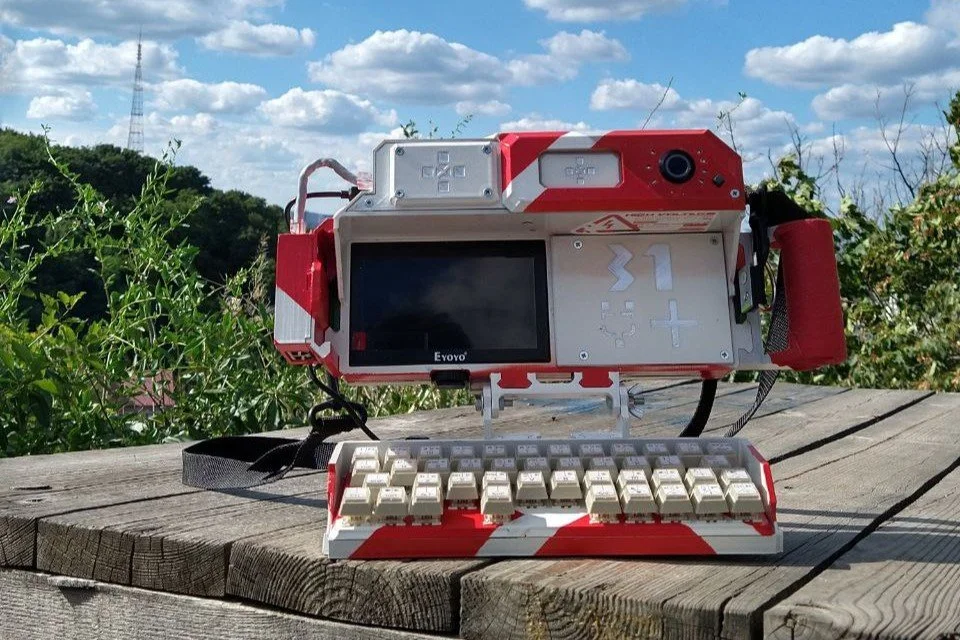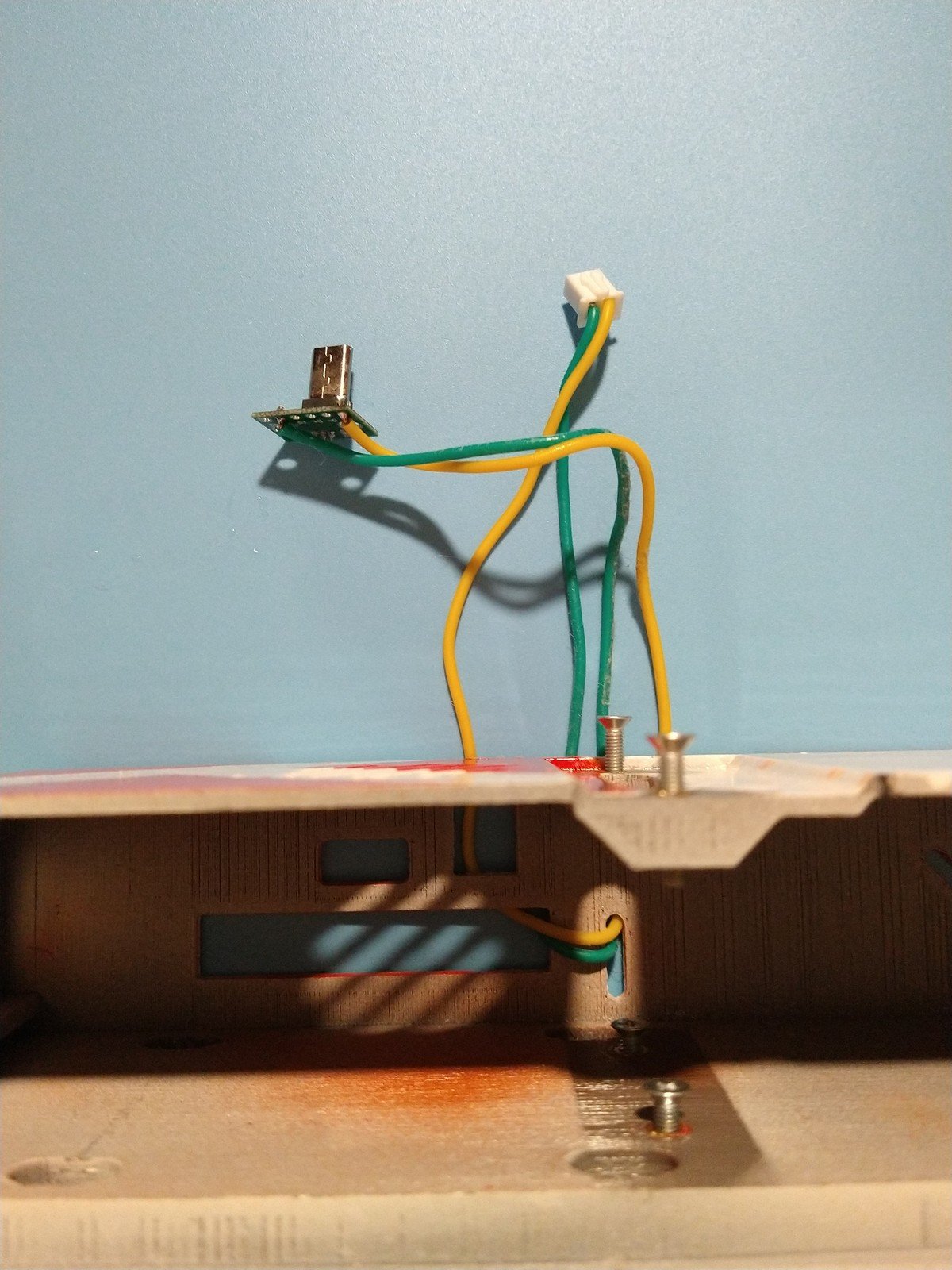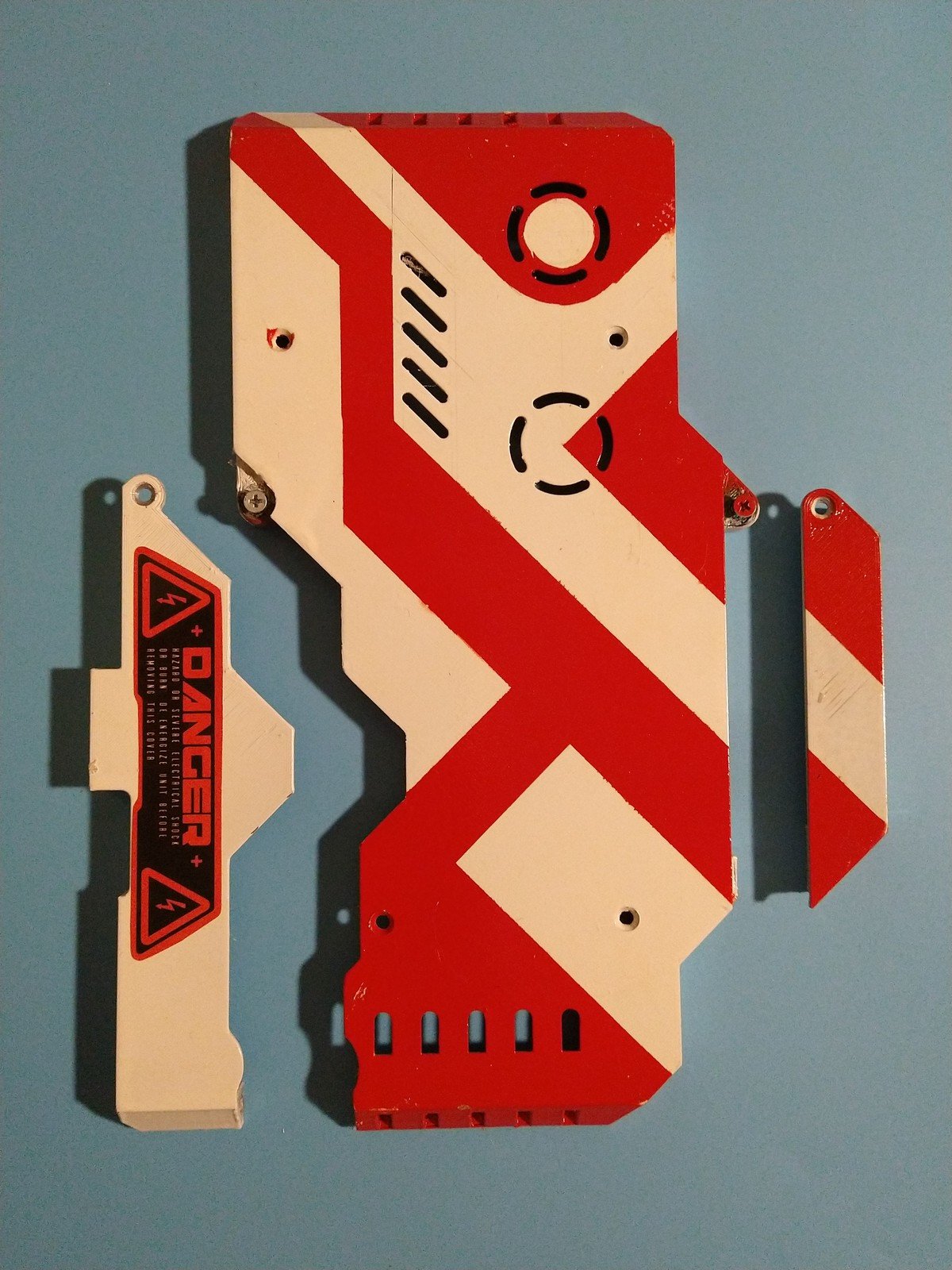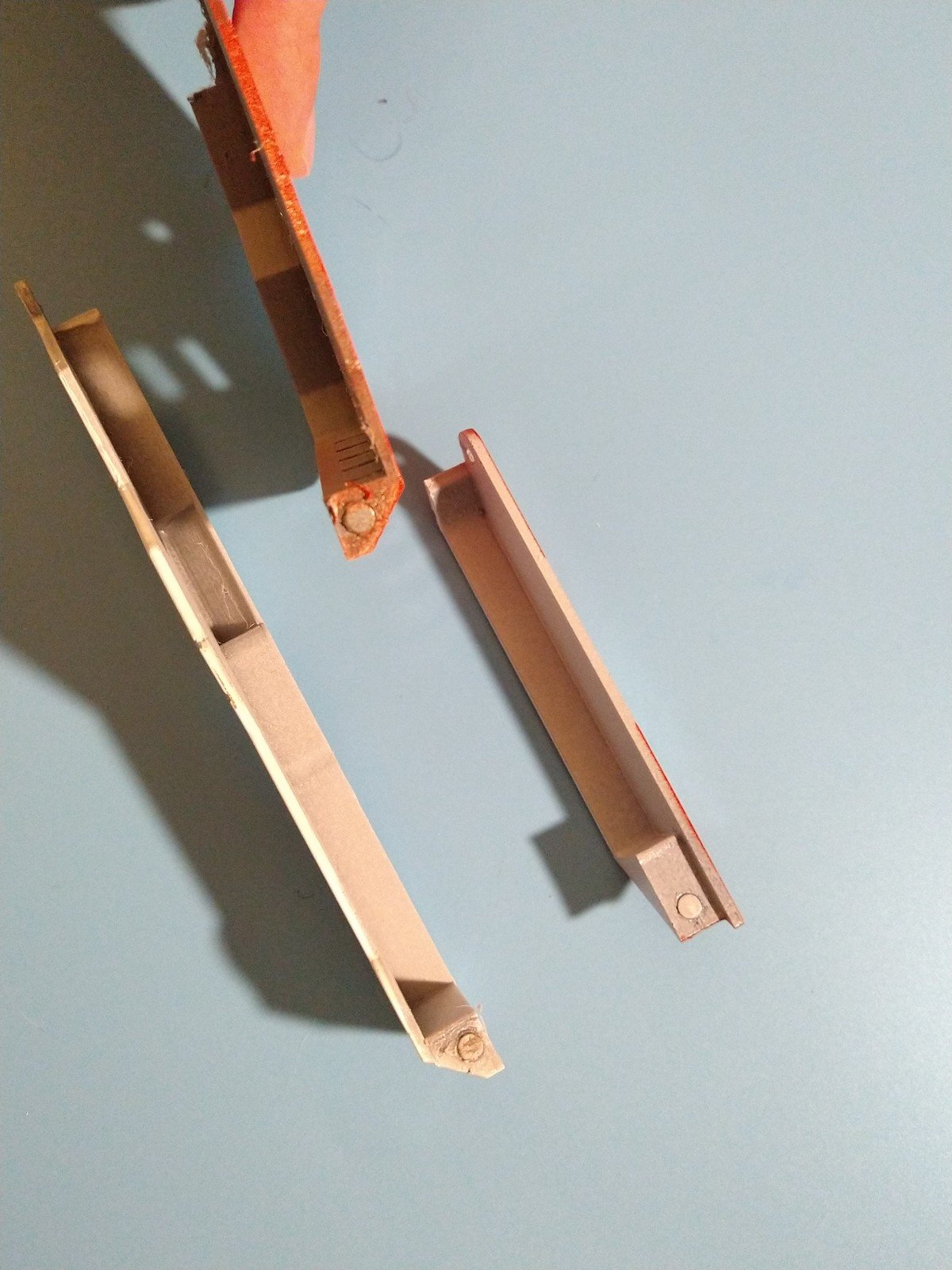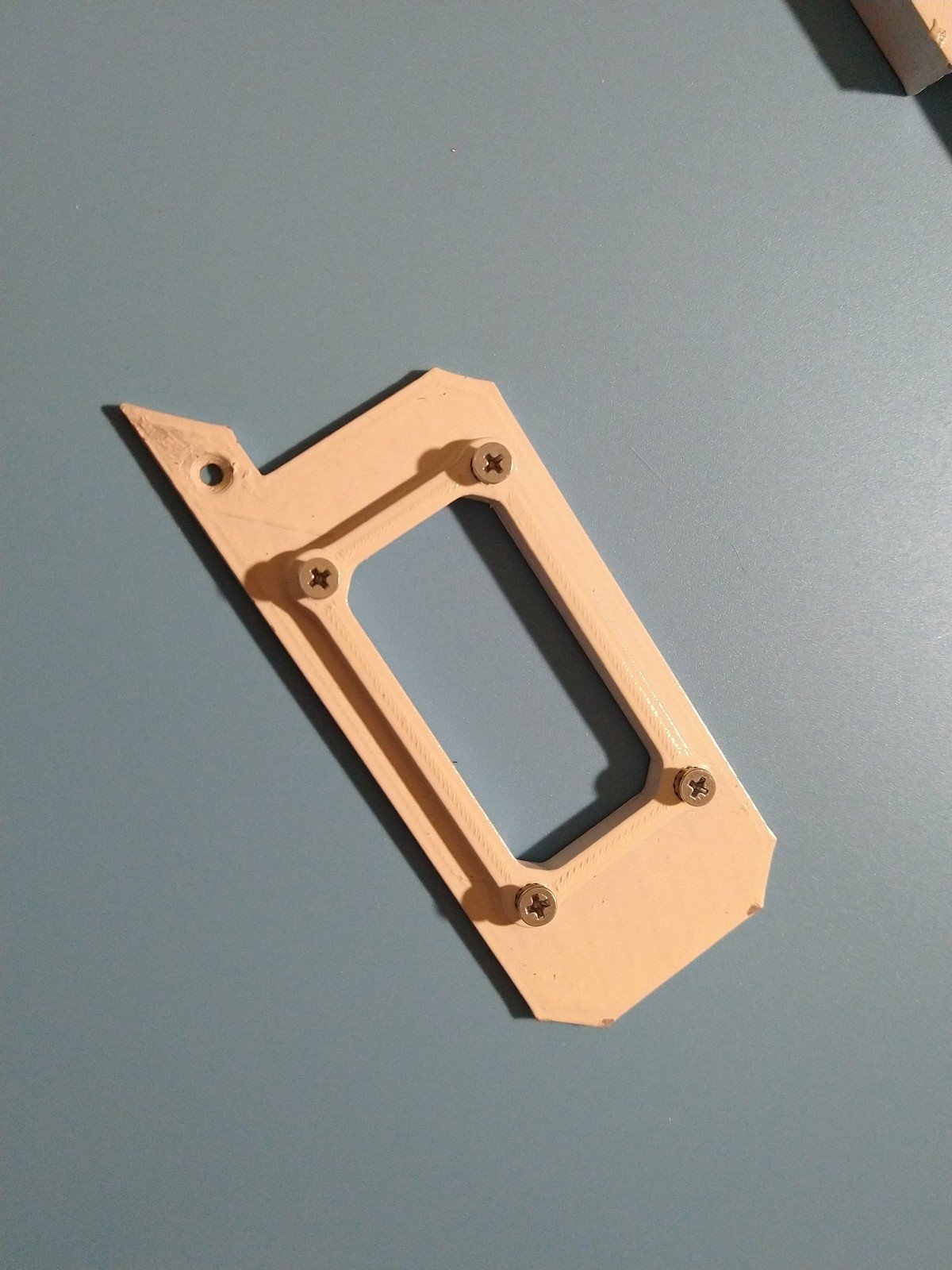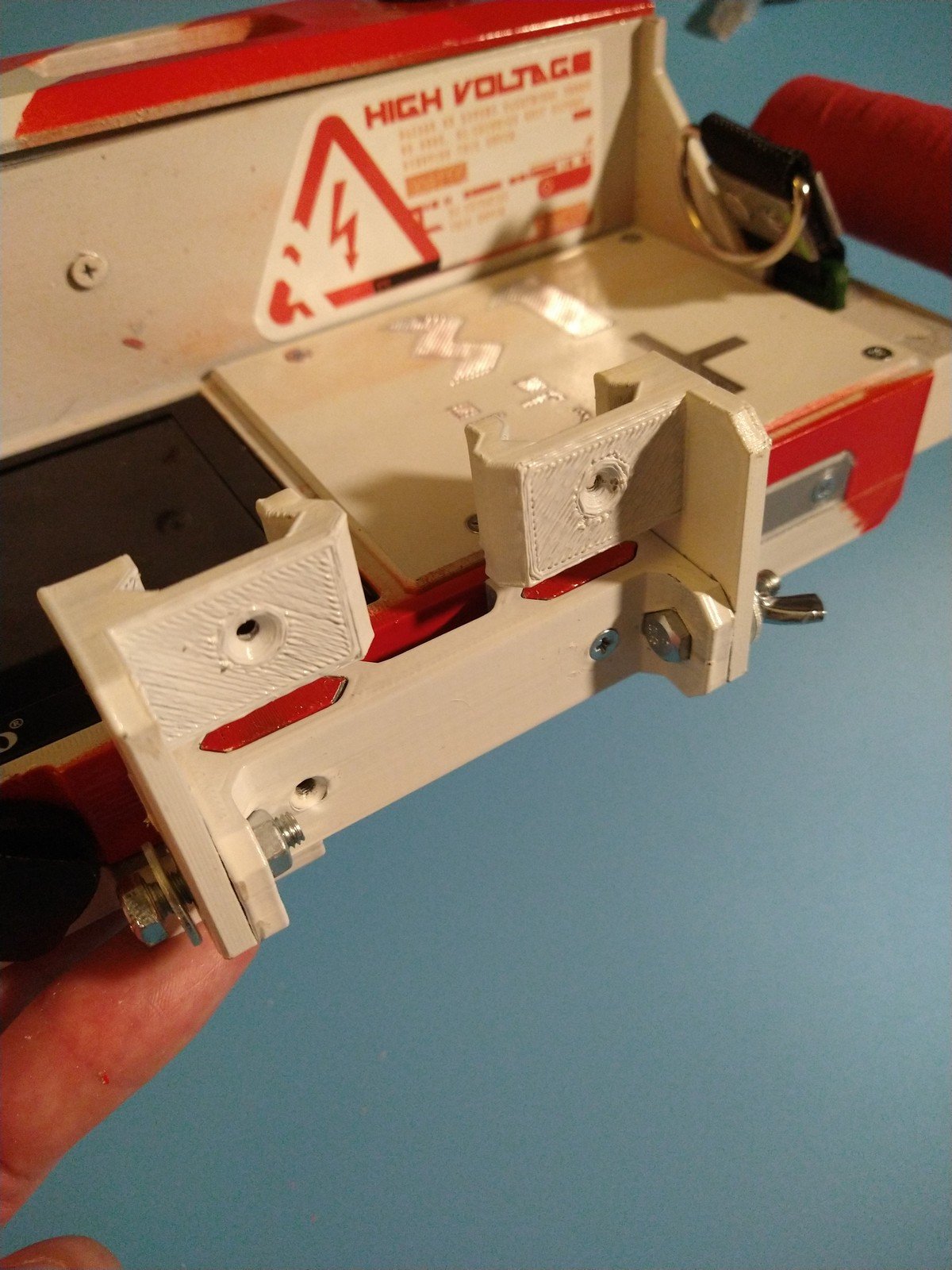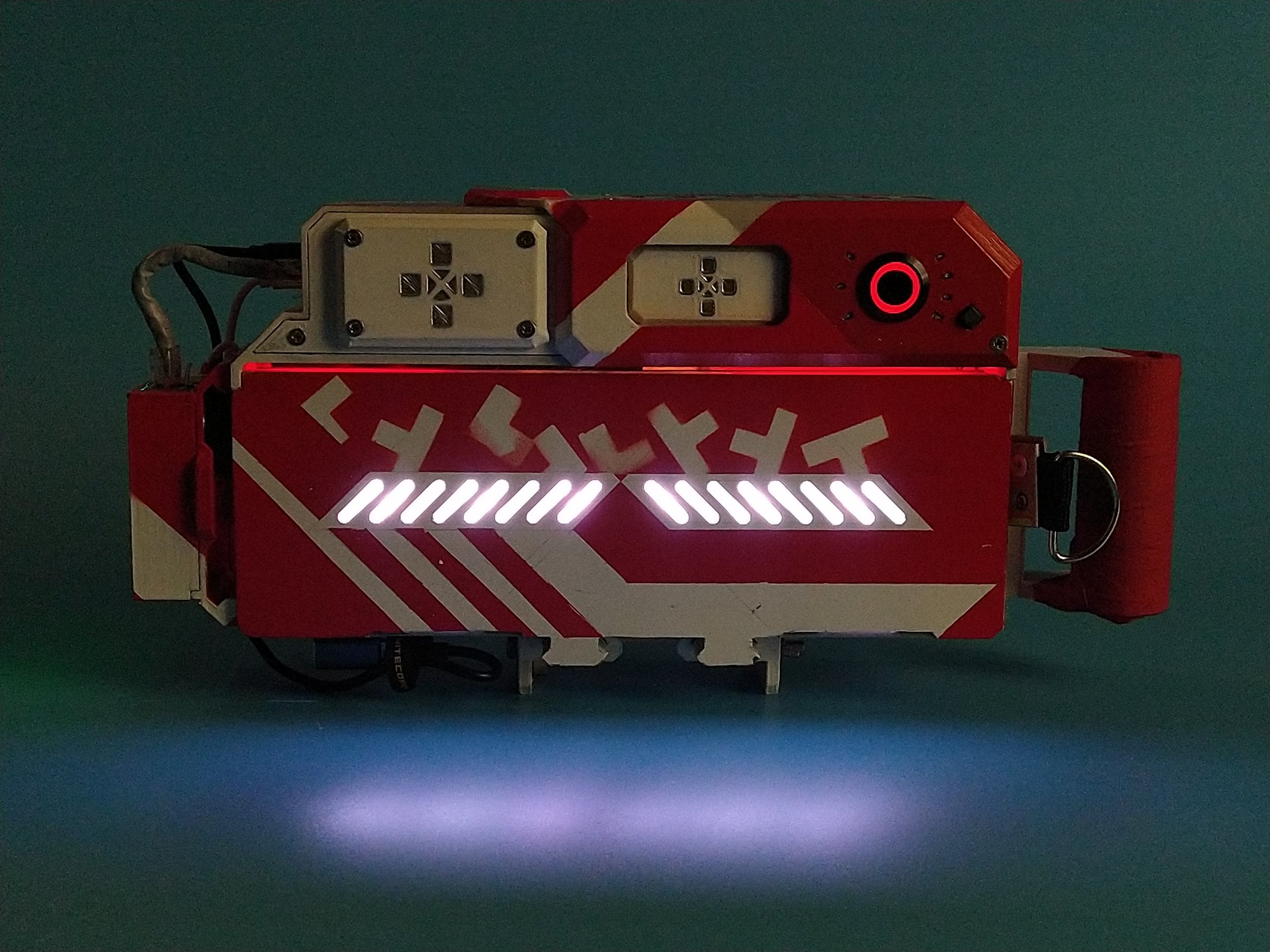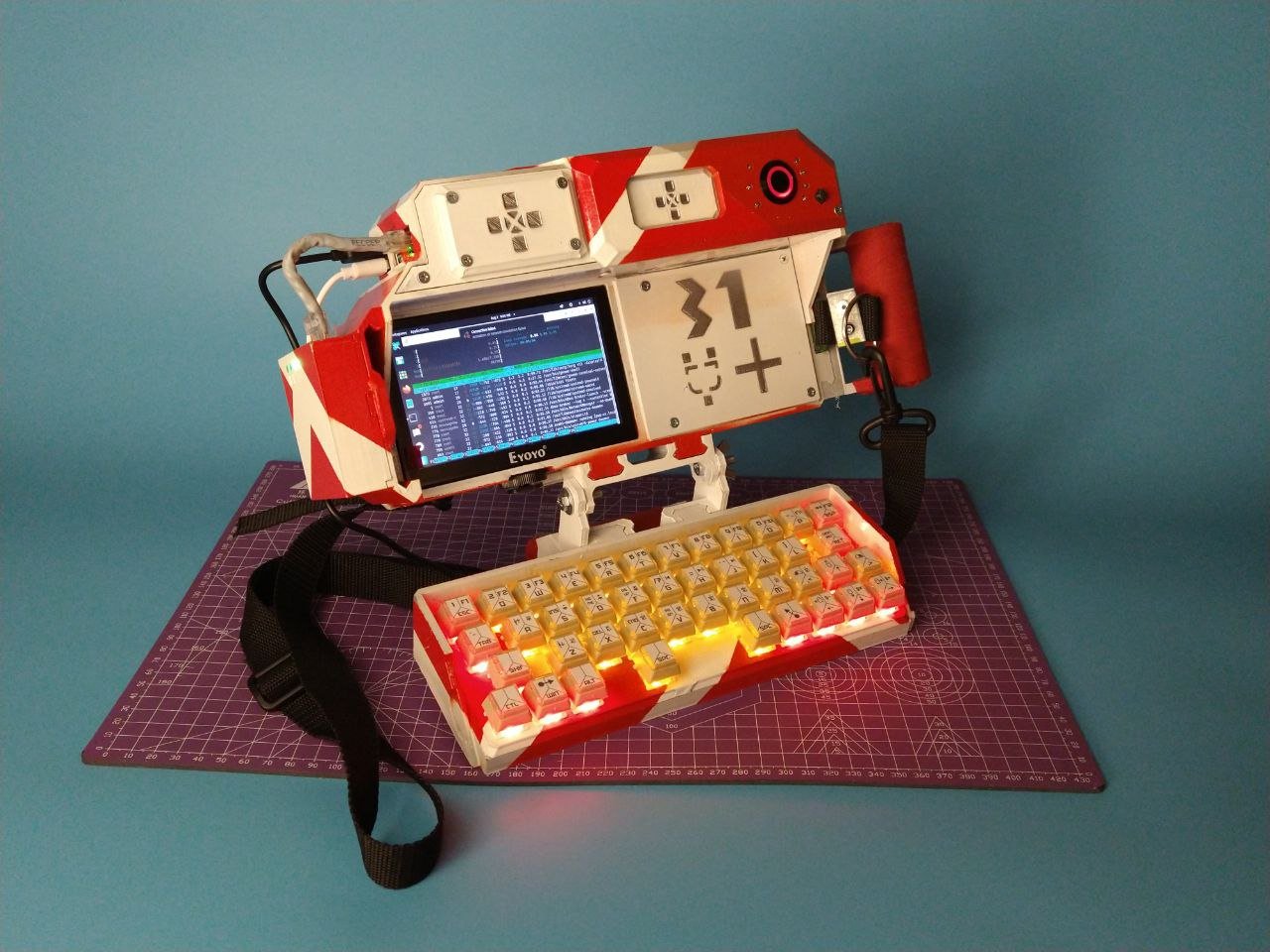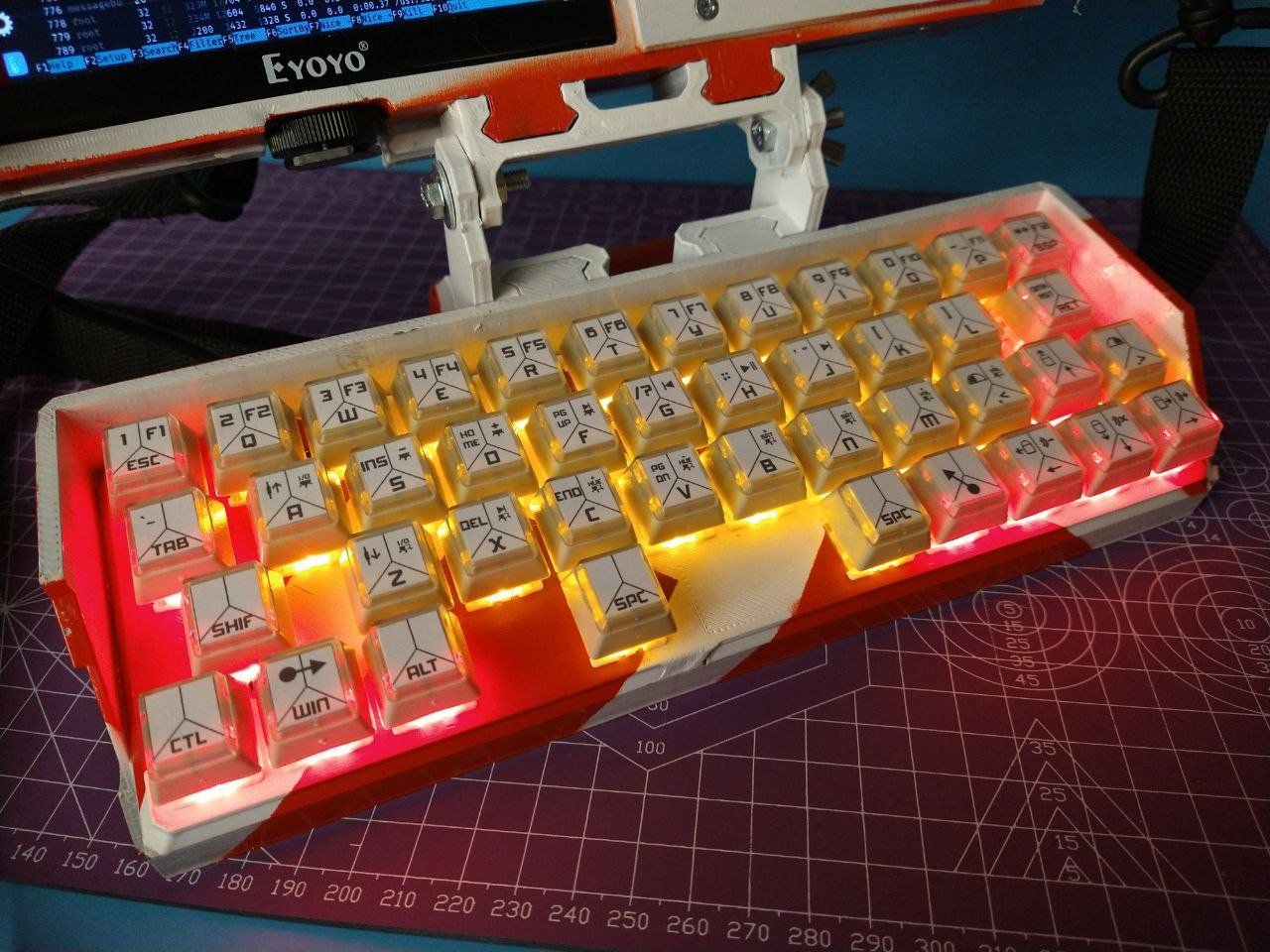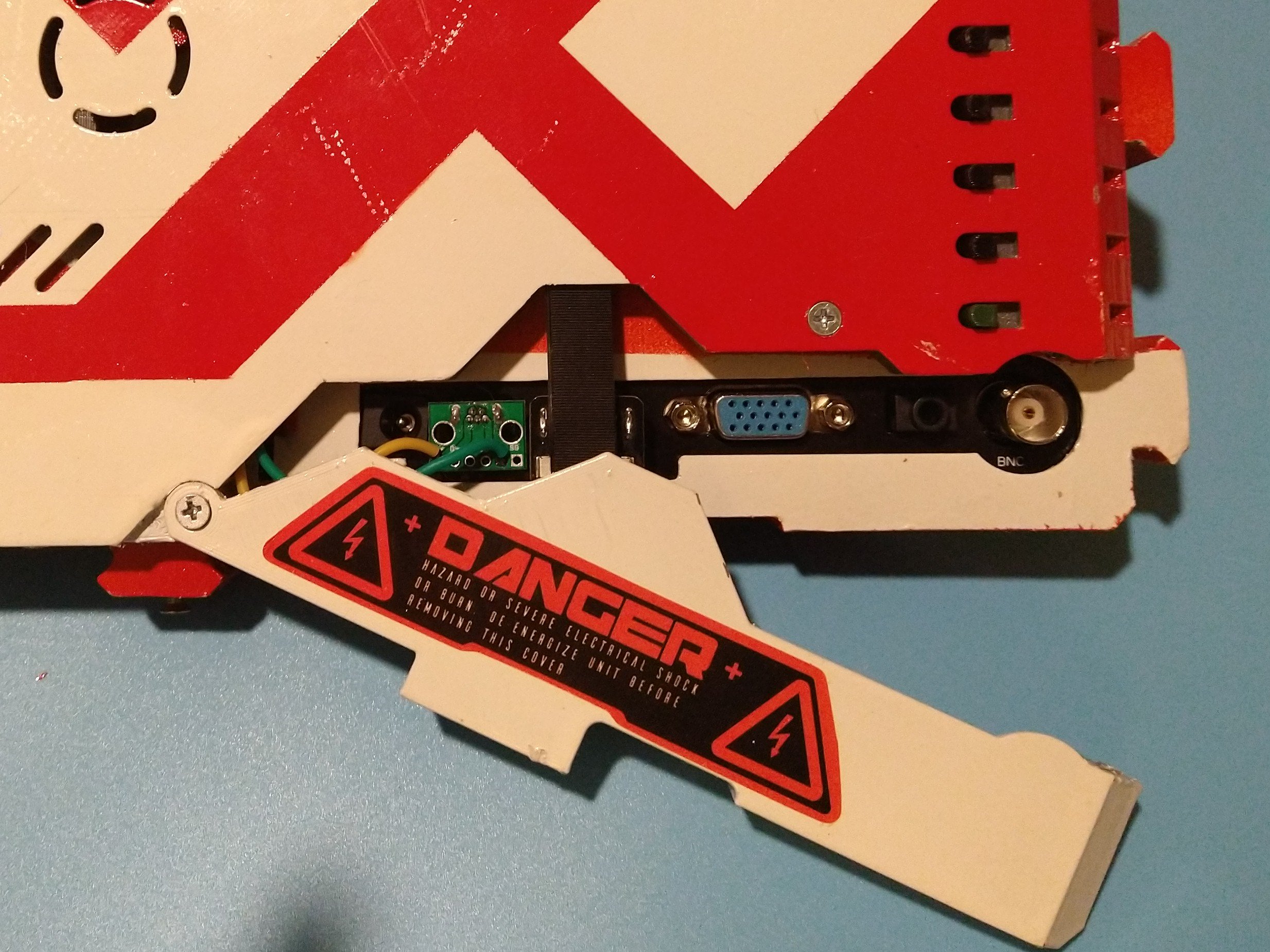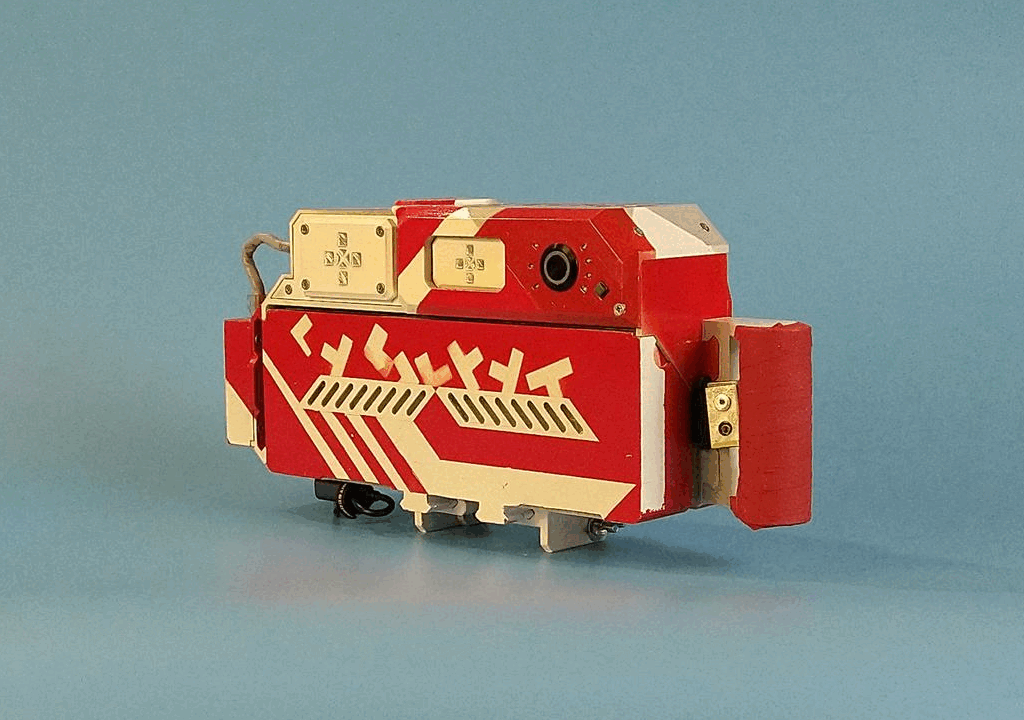Zvychai
Meet Zvychai 1 (logo natively spells "Звичай 1", pronouncing as "zuh-wee-chai" is more than acceptable), this maker's vision of decking tradition. If the term "decking tradition" makes you experience a slight angular momentum applied to your ocular casing, it hopefully will come together later - just stick for a bit.
Stick with an unnamed effort to cram a SBC into a cool looking case left from some industrial machinery. An effort which grew into an aim to make an autonomous computing and communication unit for dark times. An aim which finally has concluded in the vision of making a unit that is not only a carrier of computing and displaying powers, but also a platform for a process of seeking that crucial point at which one stops with a decisive " i should cease coming up with attachment ideas and start gathering tools" said loud.
The unit's external representation was not focused to replicate something specifically, however you won't hear anyone arguing after suggesting that it is heavily inspired by the likes of portable TVs, a bit of Pelican case, and a number of other distinct designs. What was a conscious choice though is to make it foldable - once working session is done, keyboard covers the screen and hinge nut keeps everything from accidental opening. 45 degree angles all over the case make it easier to put the thing into a bag, but why would you want to cover it's multifunction indication panel and flashy RGB aperture on the back of the keyboard which can still be active while folded? And why would you need a bag for a device with a carrying handle? How about two handles? Was there any mention of a shoulder strap? Why would you not want to have a device that is painted like a mix of humanoid battle vehicle and WW1 warship on you? Where are you going?
While the shell might make you stand out a little bit, it also has a purpose of hosting more practical features, which are provided by:
- 8 gig version Raspberry Pi 4 SBC as unit’s brains. You probably won’t have to look as hard for peripheral firmware as you might have to in case of other available options.
- Eyoyo 5" 800x480 mini TFT display which is connected to SBC via HDMI. The display might not boast with wide viewing angles or such futuristic thing as "high DPI", but it can additionally accept video stream via now widely adopted VGA, TRS AV jack and BNC (handy for jacking into local CCTV networks for educational purposes) - these connectors can be exposed under the bottom lid on the back. Display also has a built-in speaker, which is almost intentionally covered by unit’s case - accidental privacy, yo.
- Geekworm's X708 UPS HAT as a main power management system which is responsible for charging and discharging Li-Ion batteries (base configuration uses two 18650's mounted via battery holder on a separate caddy), and it also cools the SBC with built in fan. It's charging inputs are exposed on the back of the unit under the top lid. Remember to let the lid go after plugging the power out for that loud snap of magnets that are used to hold the lid shut.
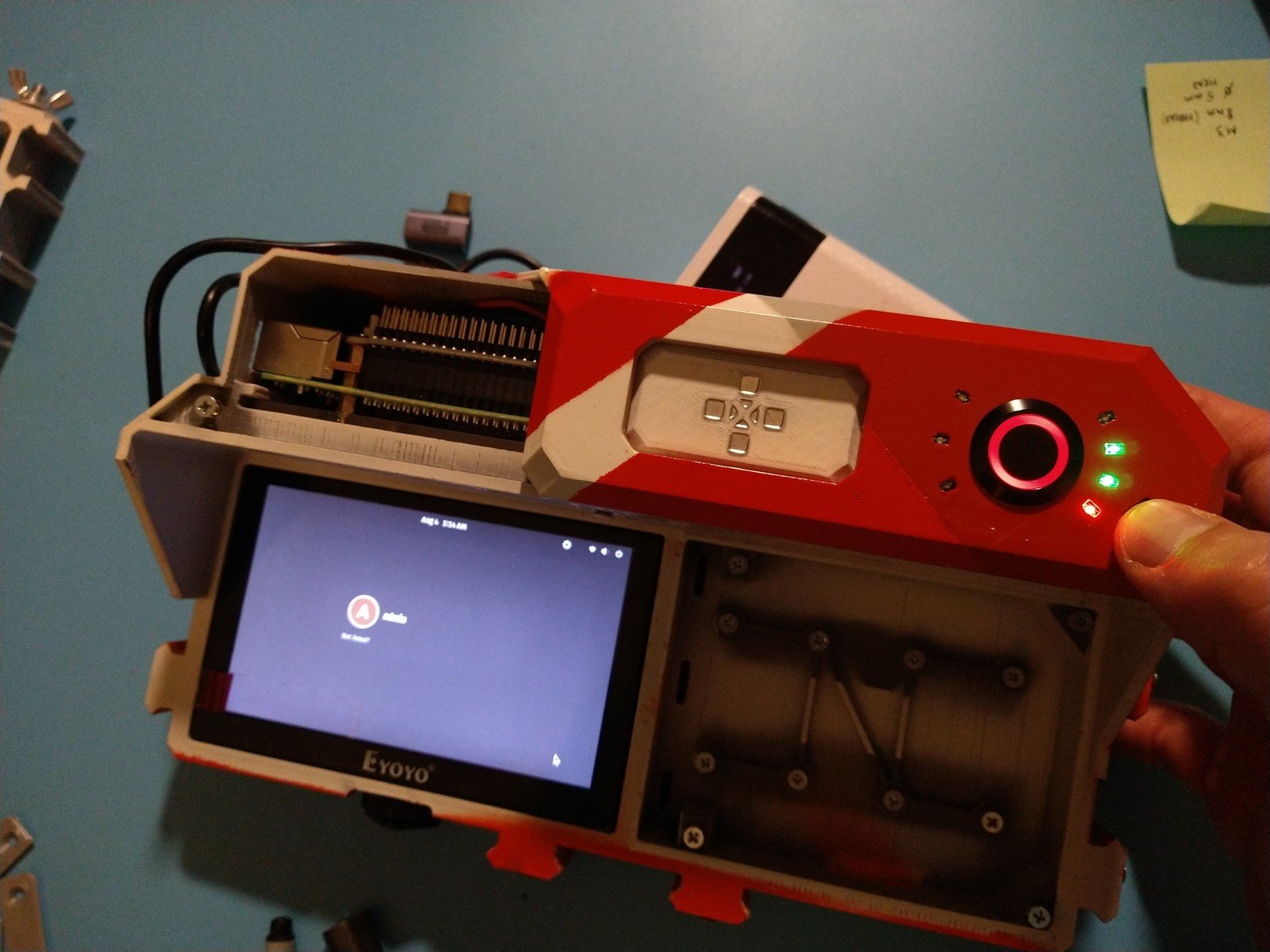
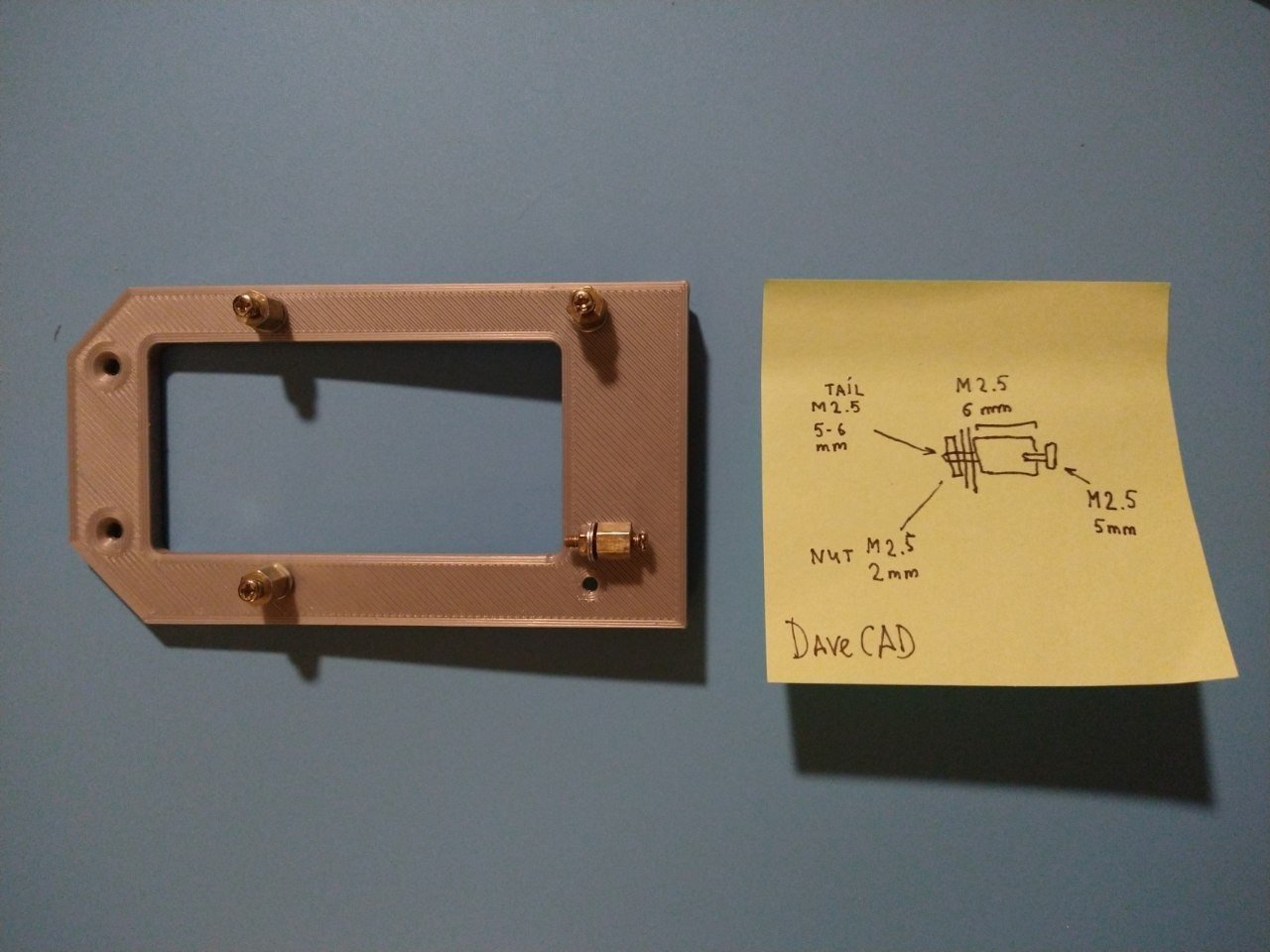
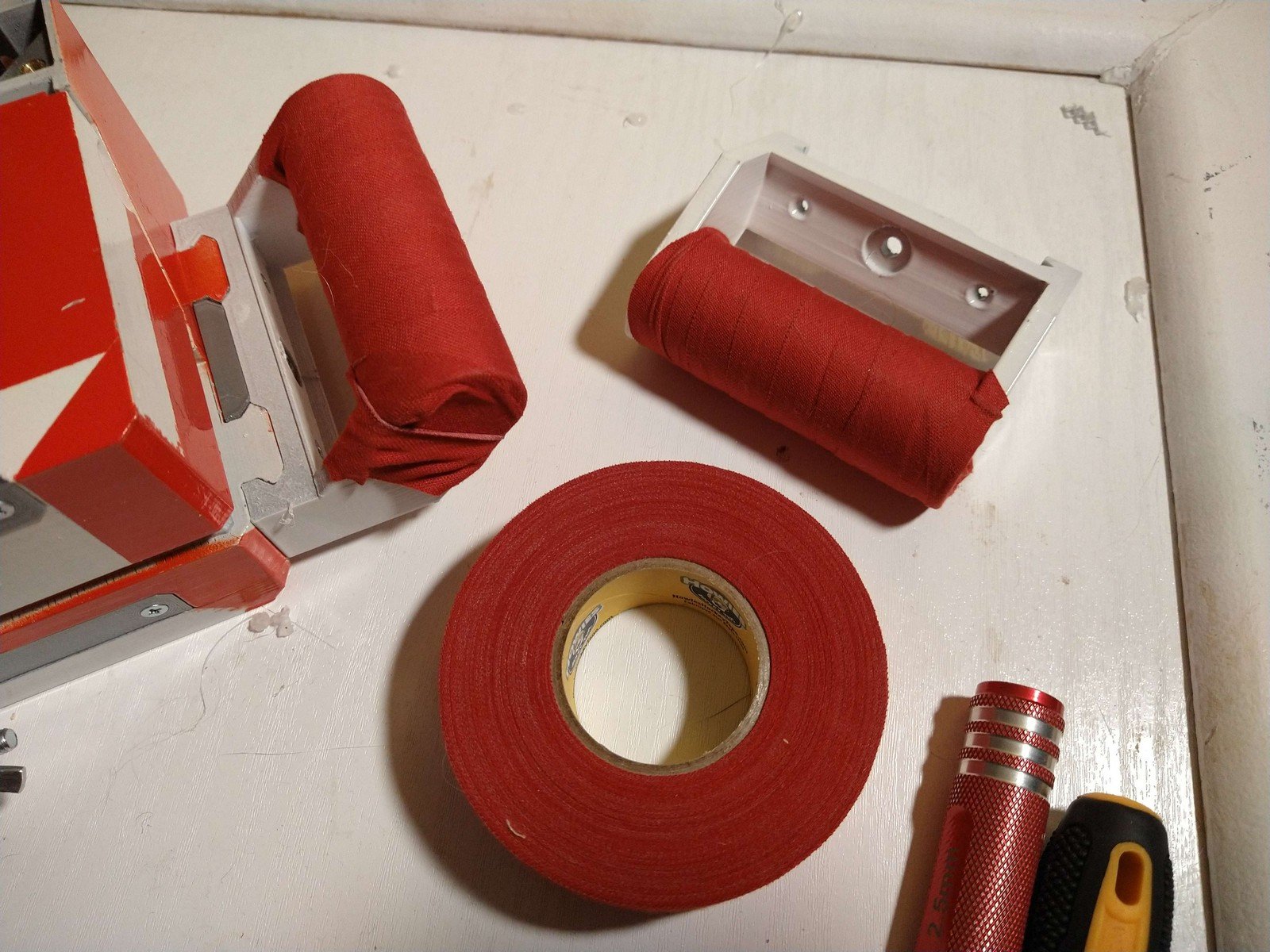
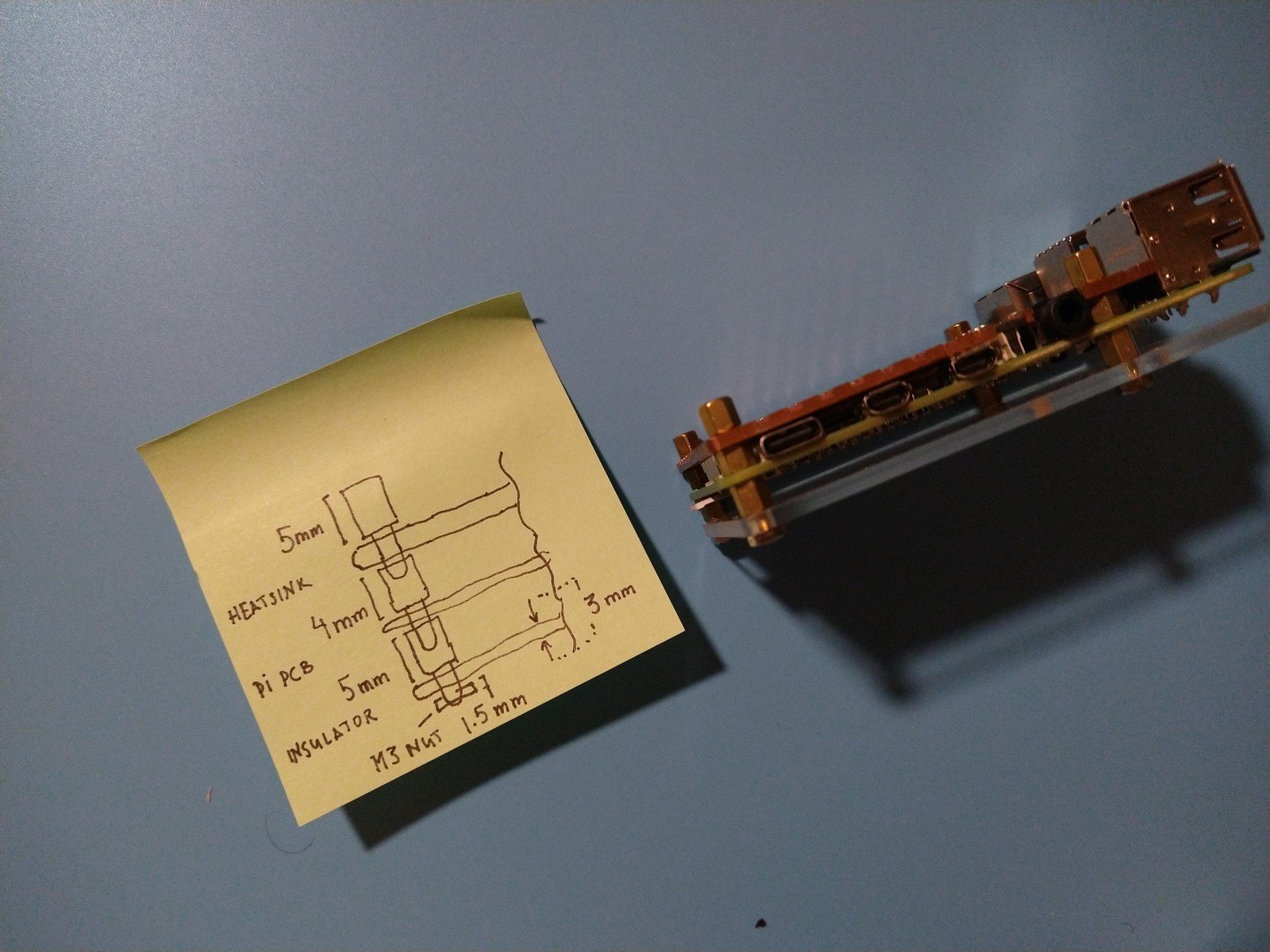
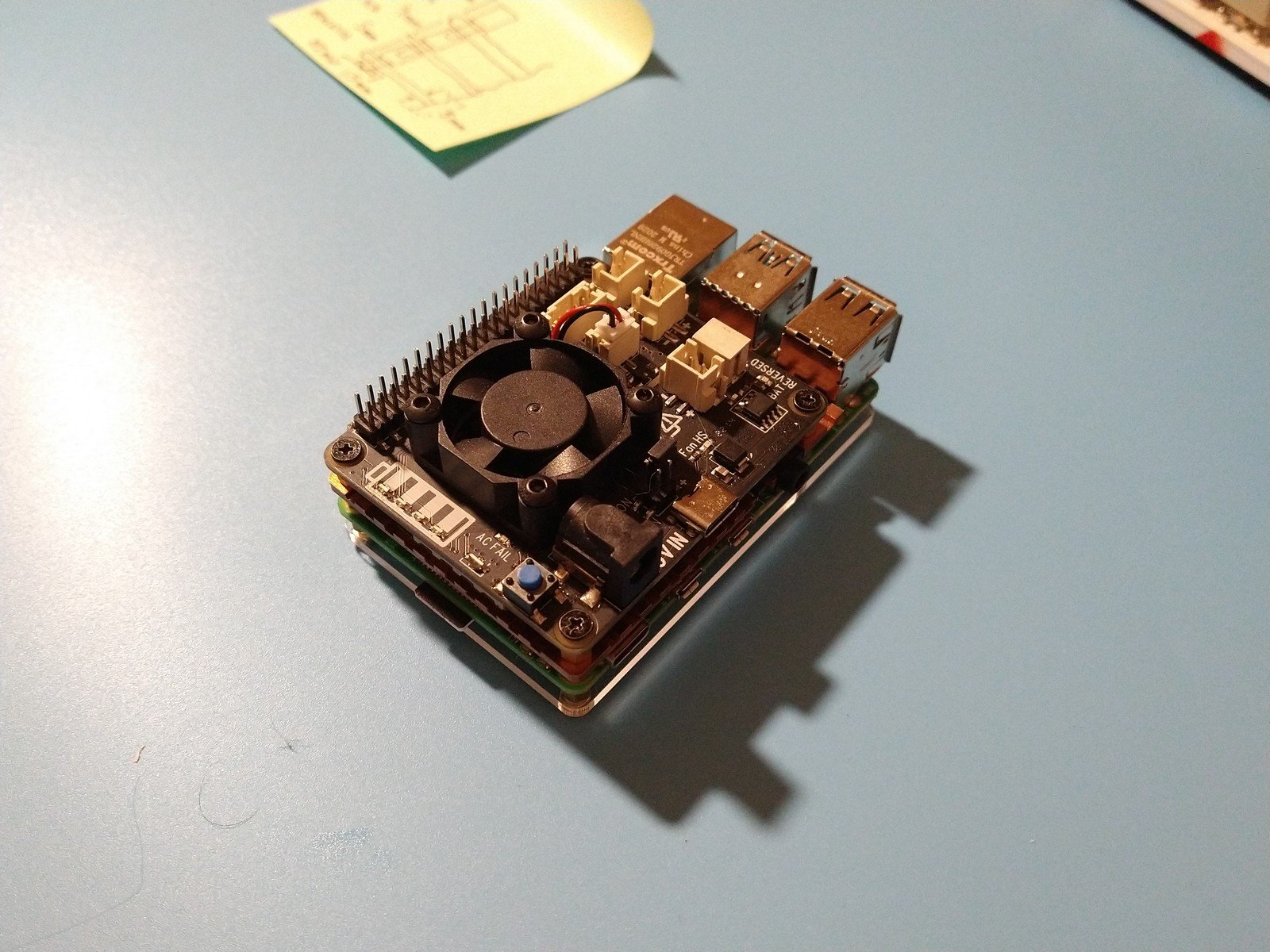
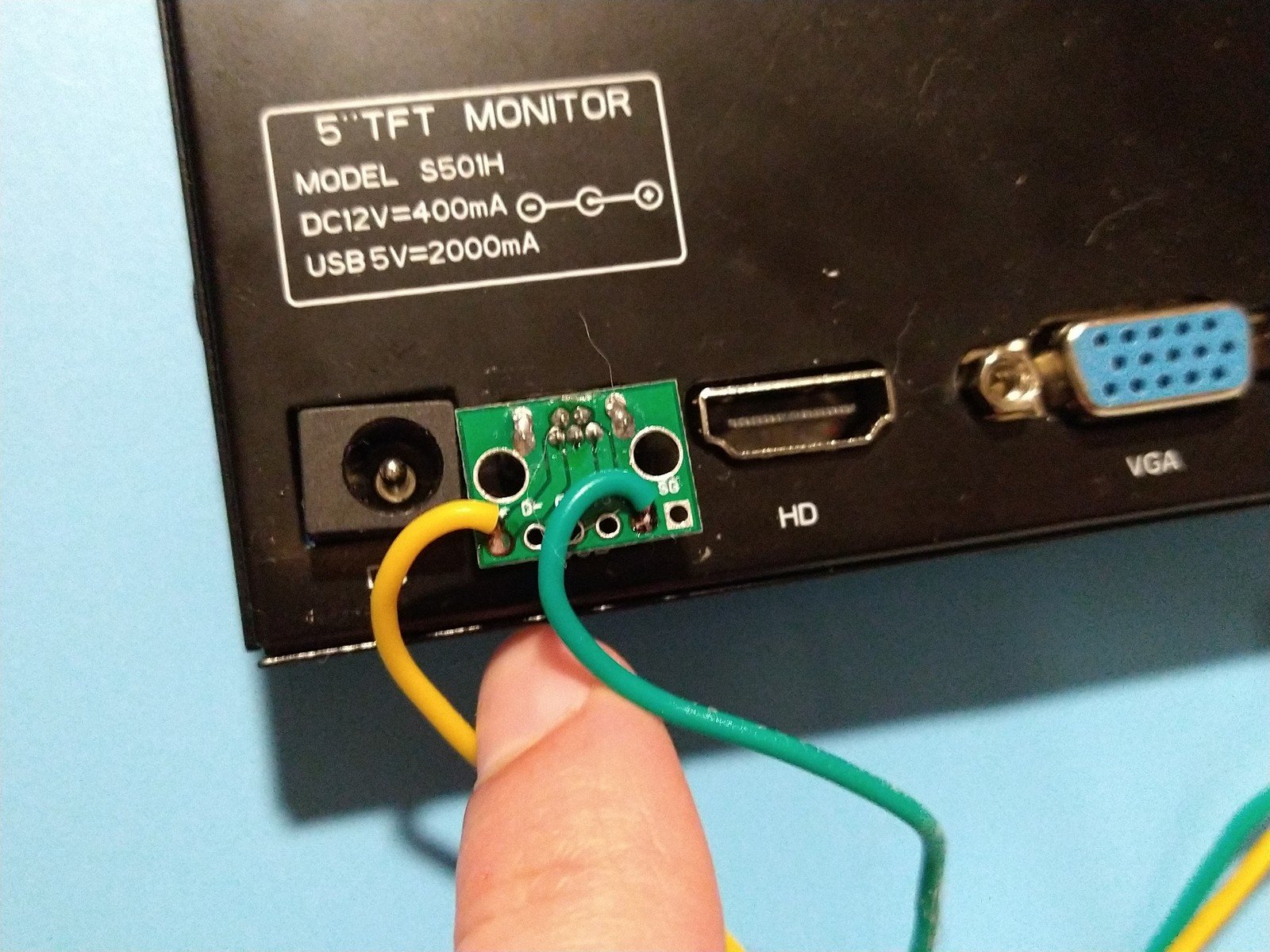
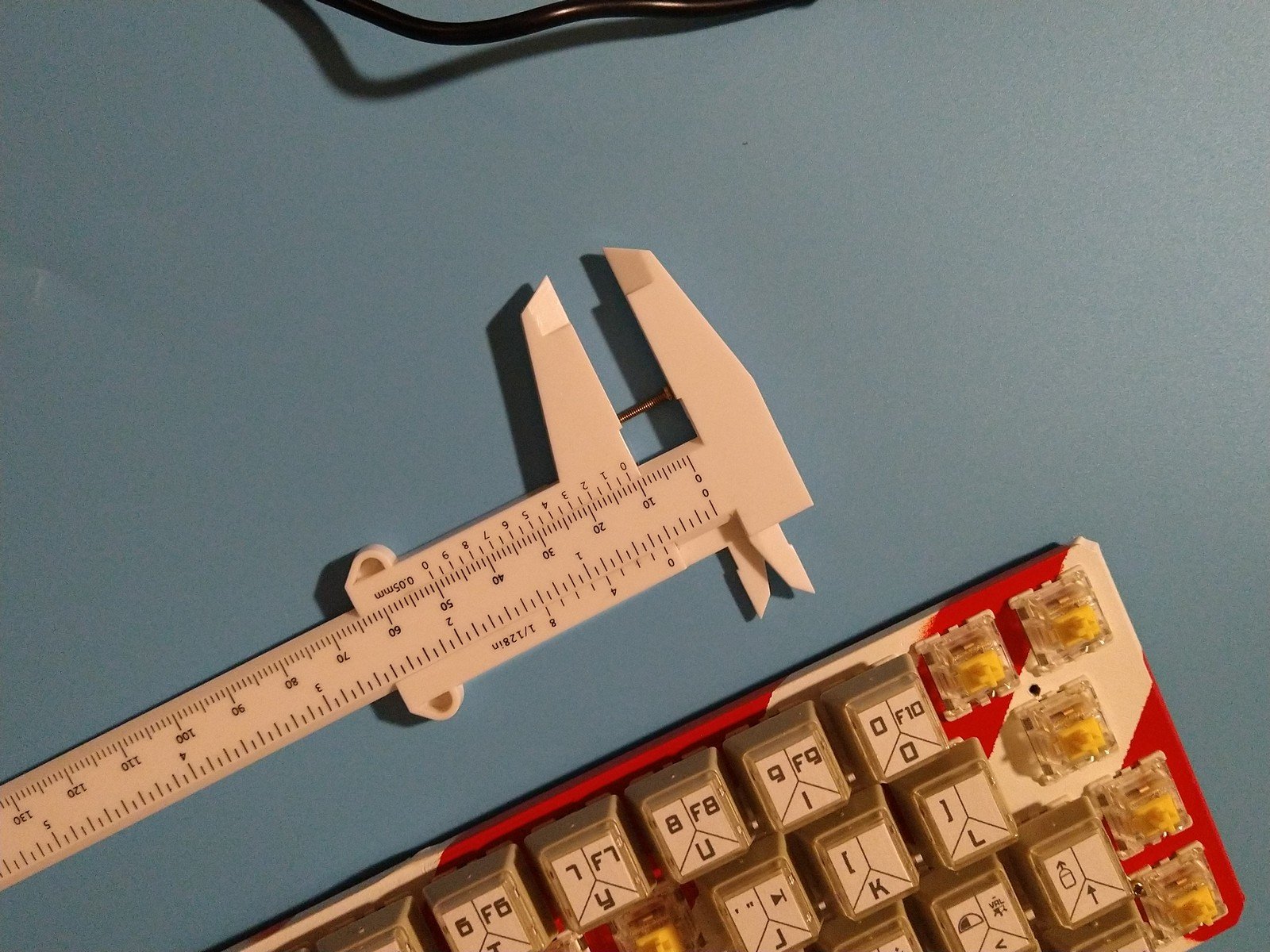
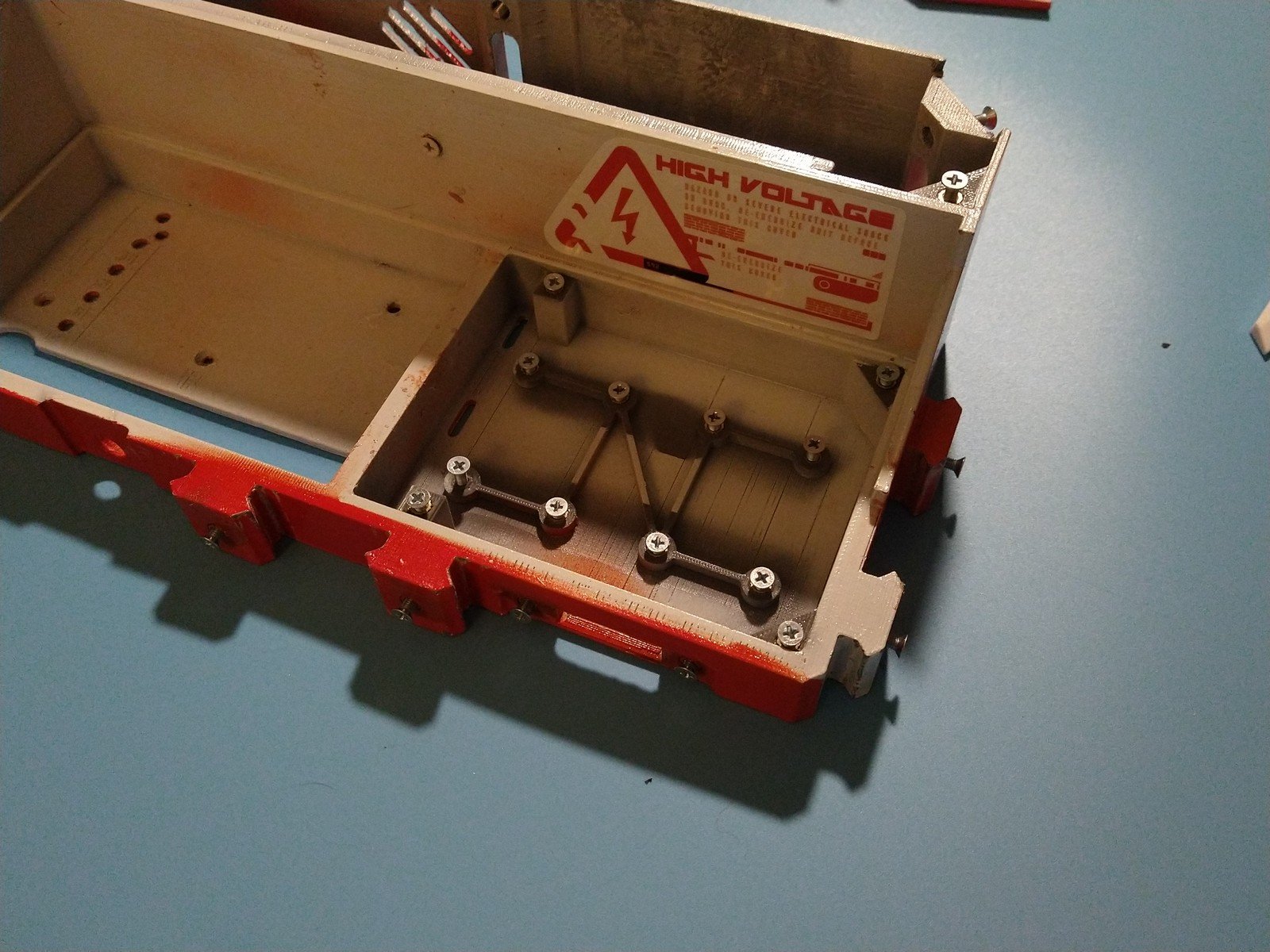
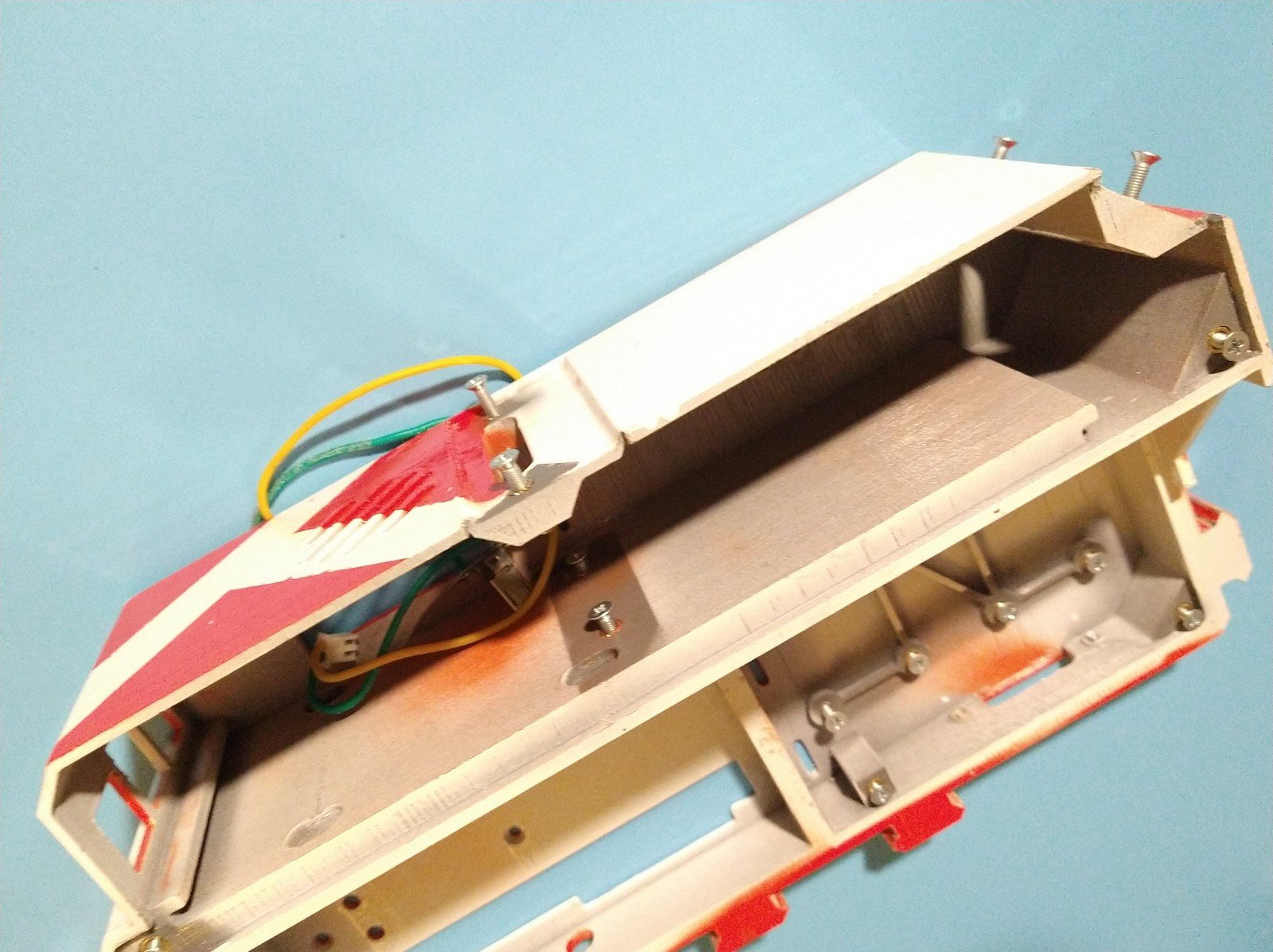

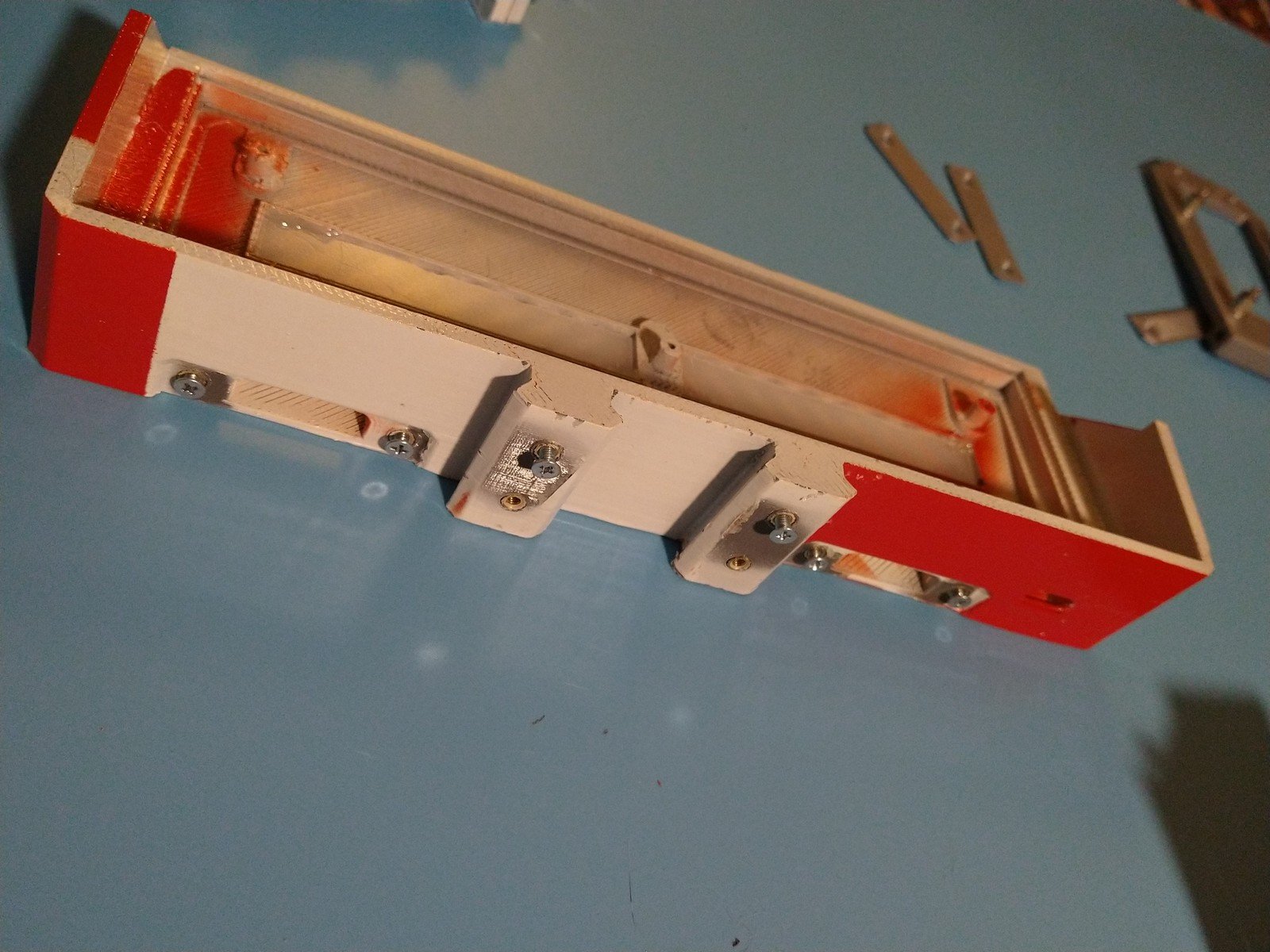
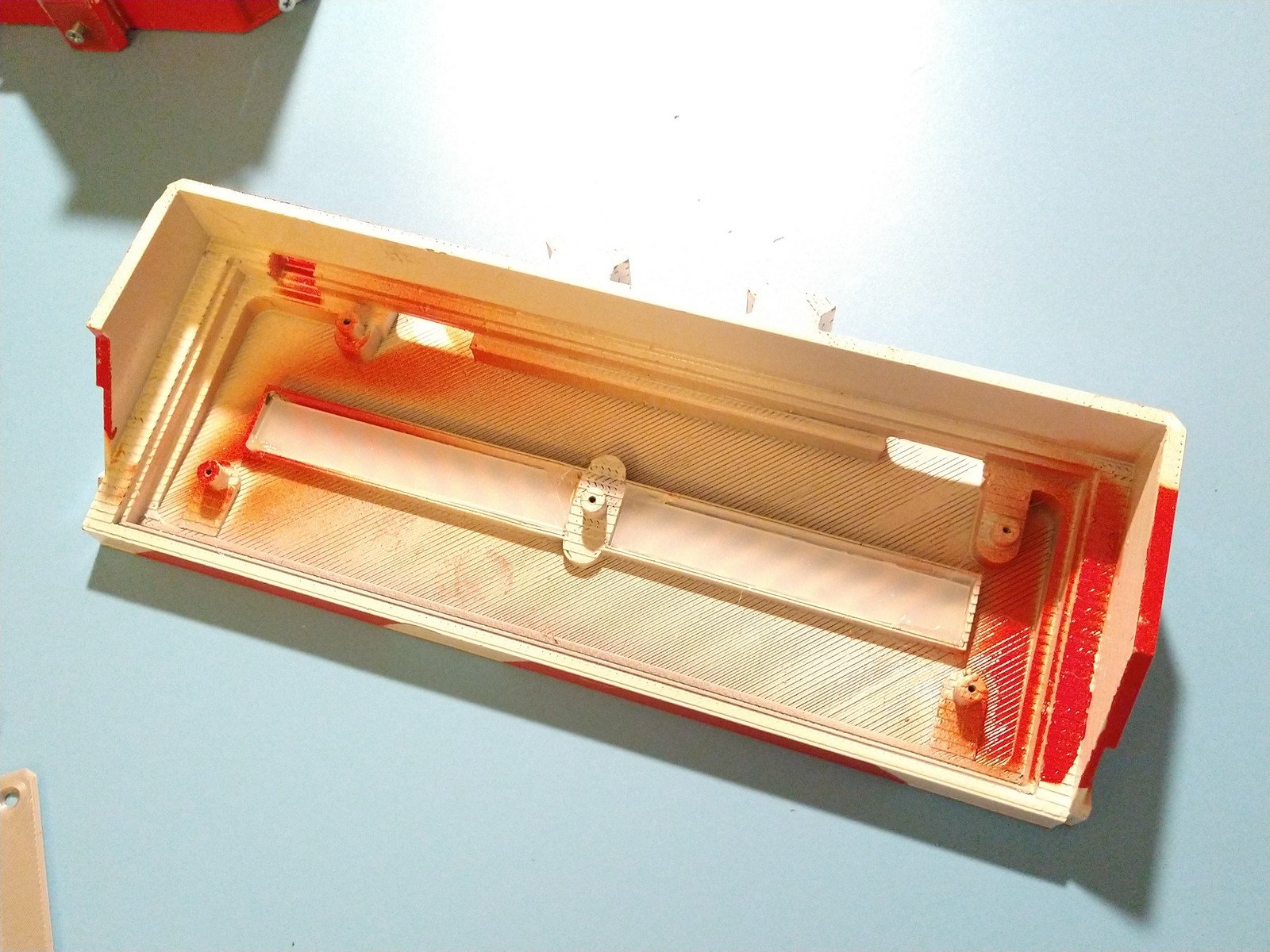
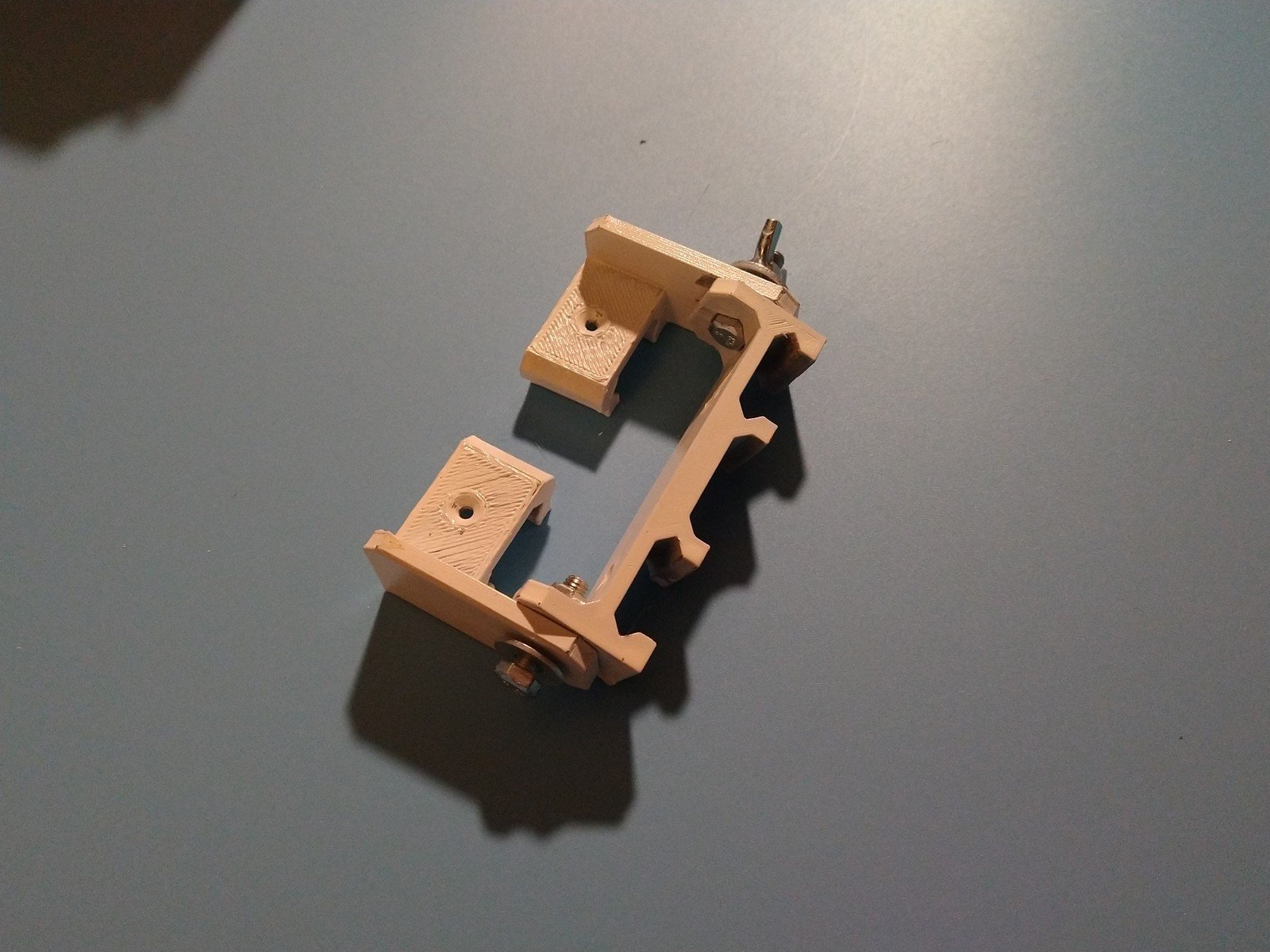
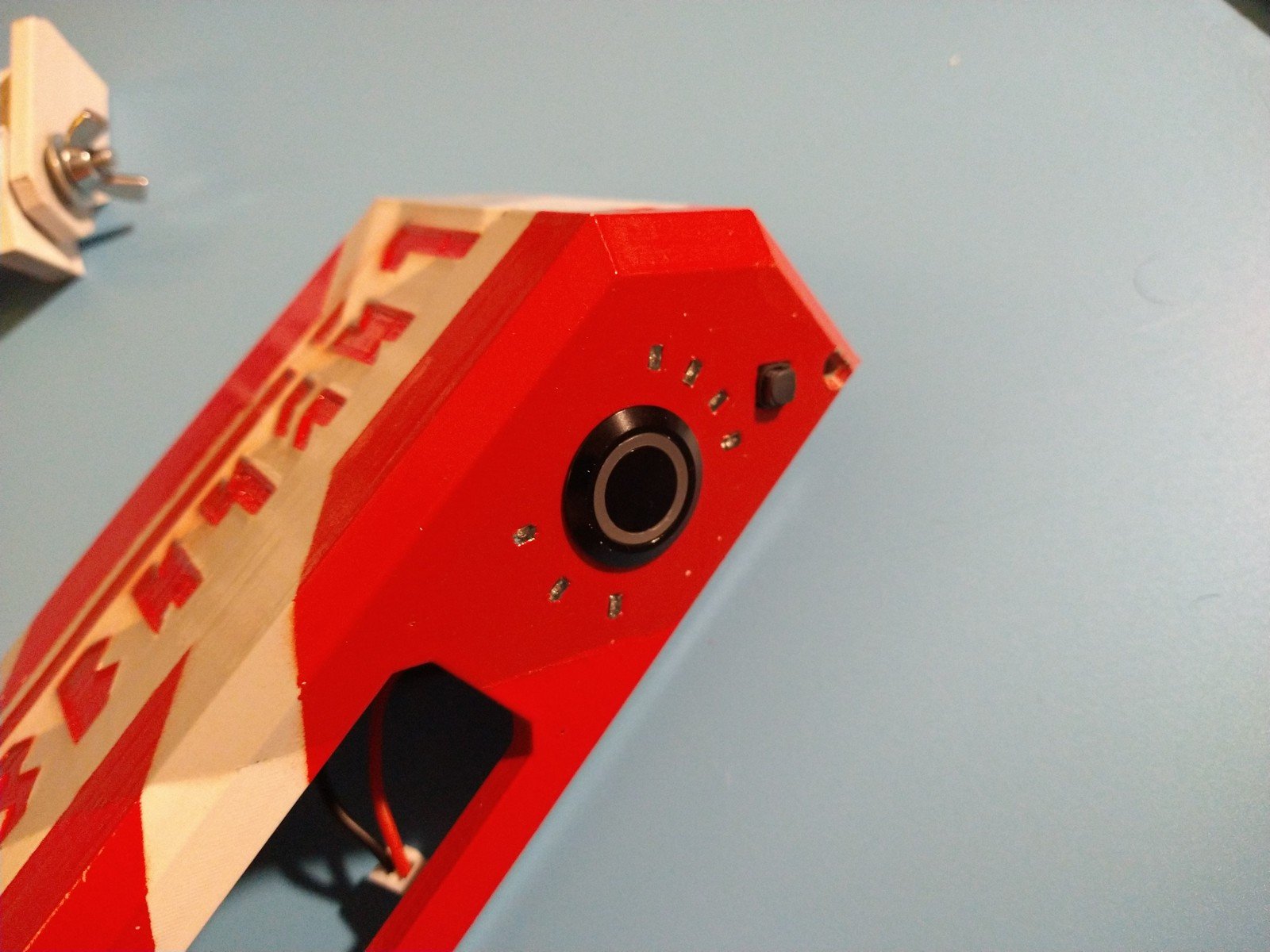
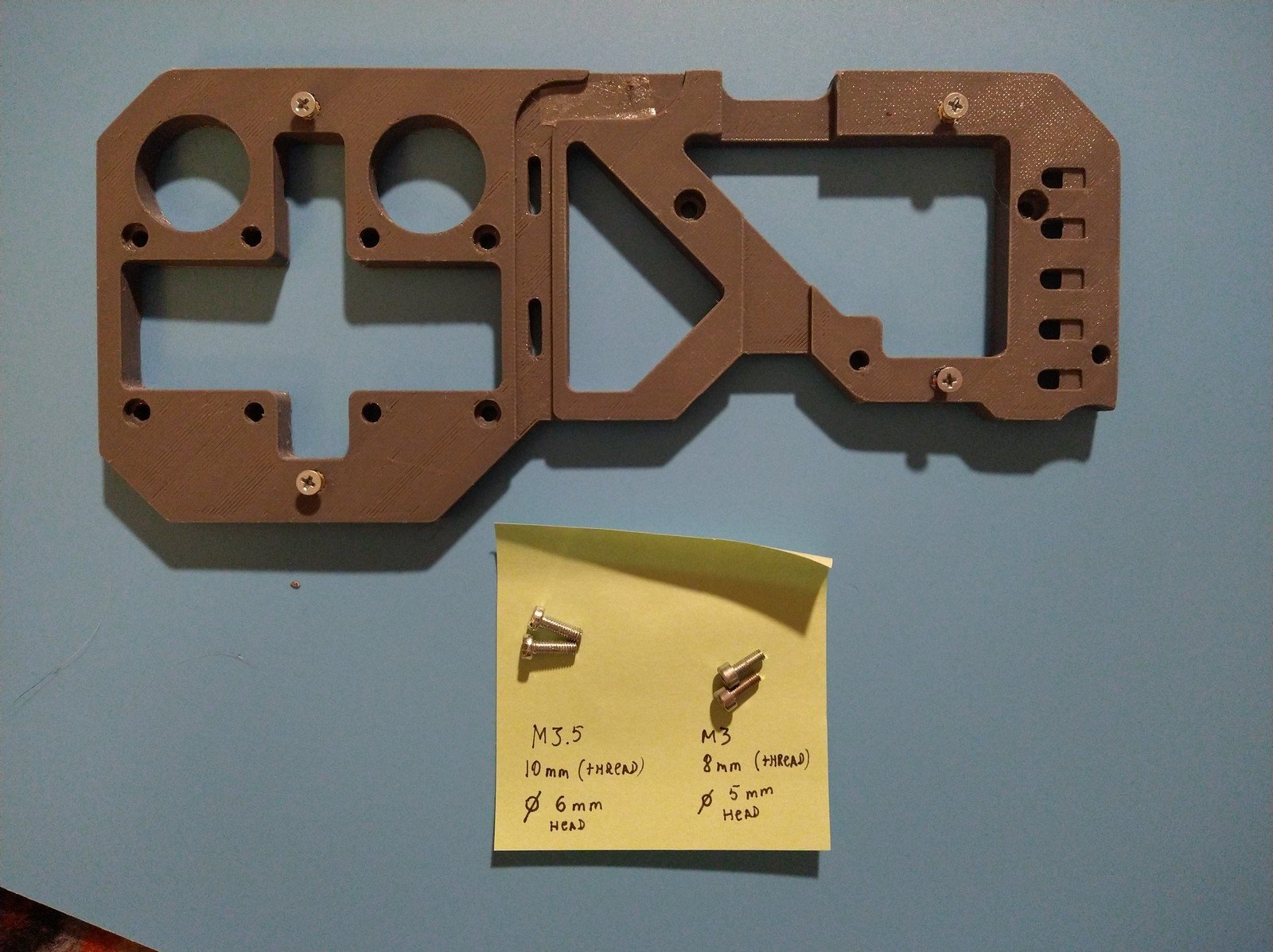

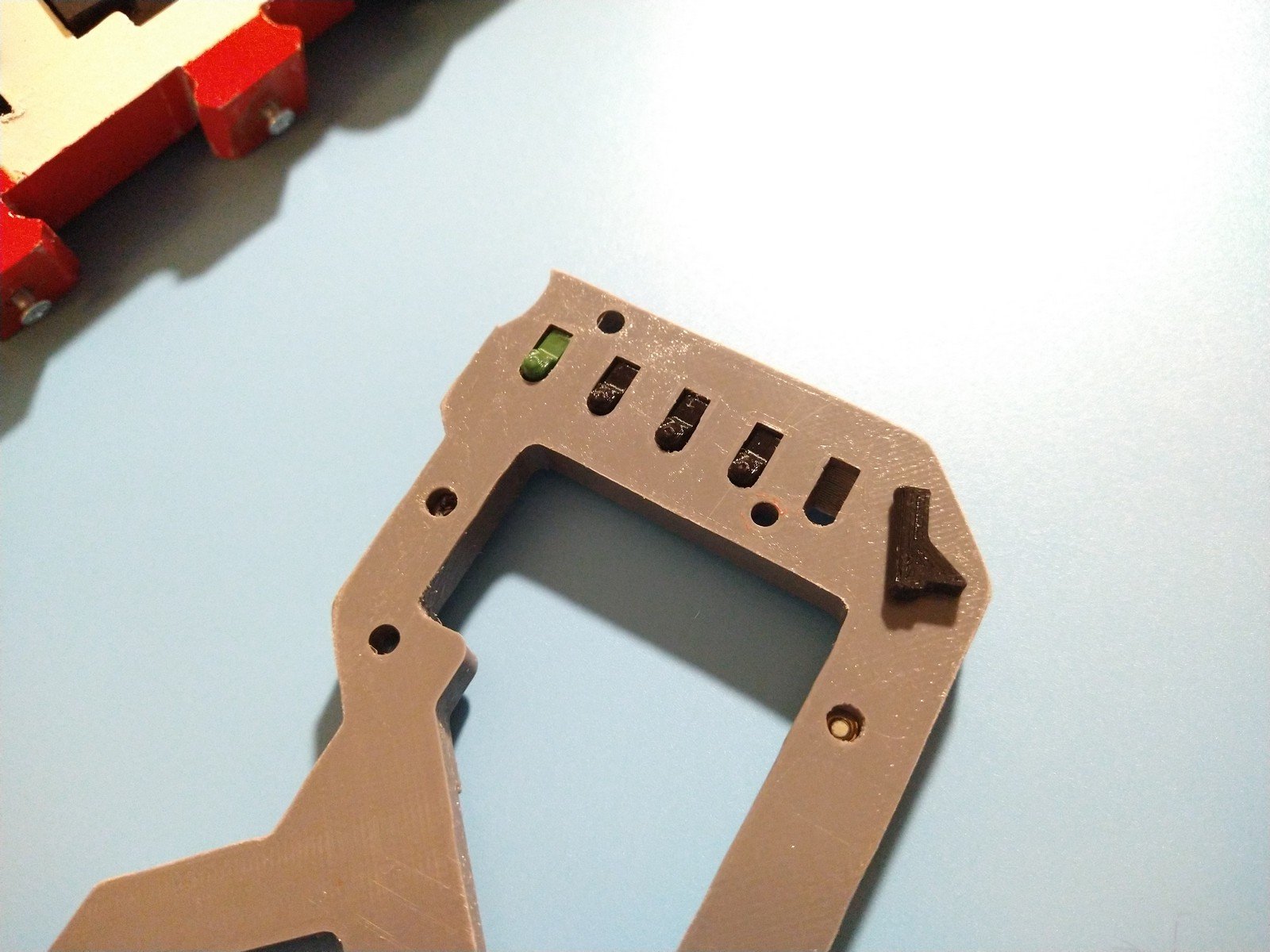
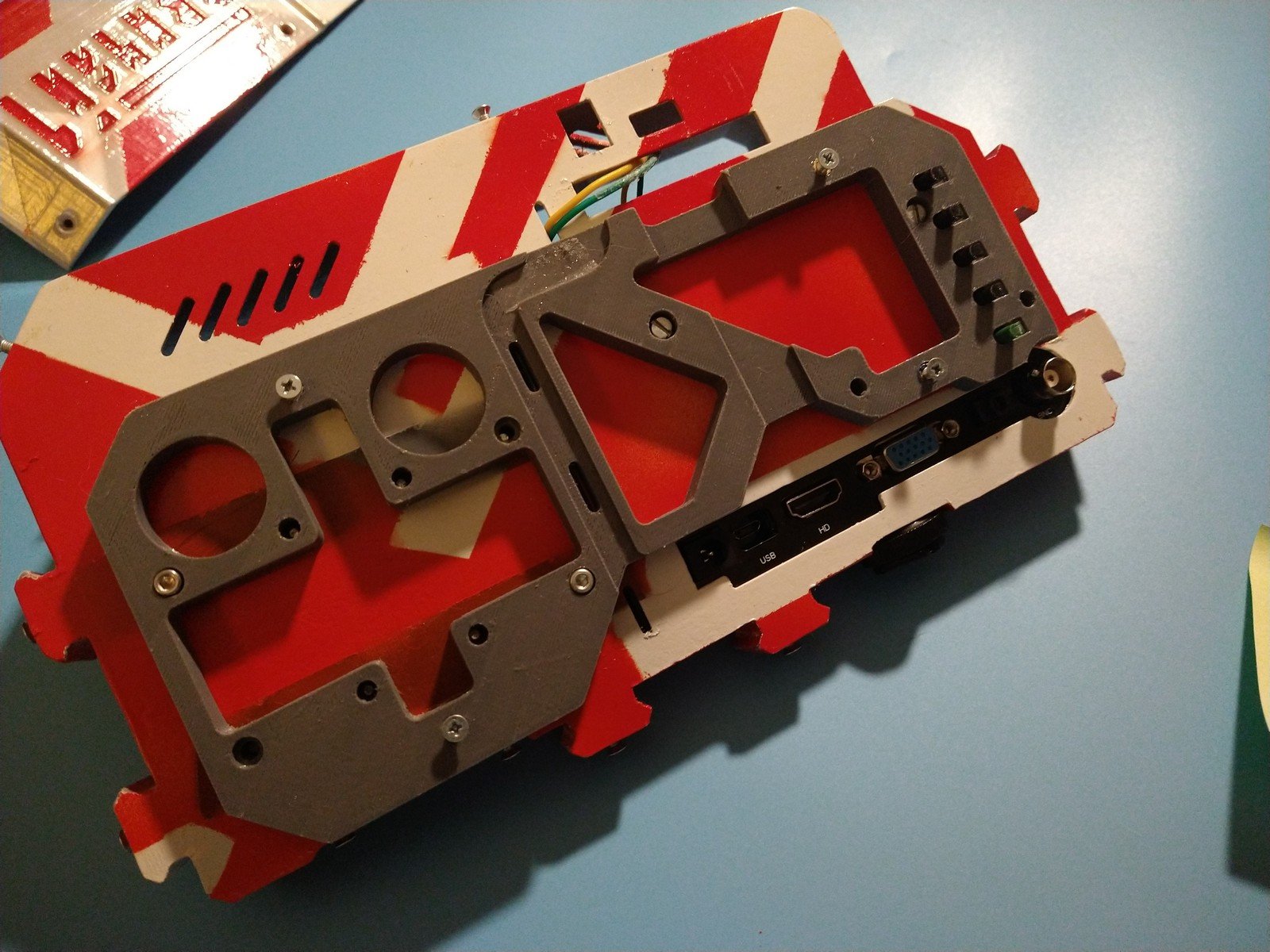
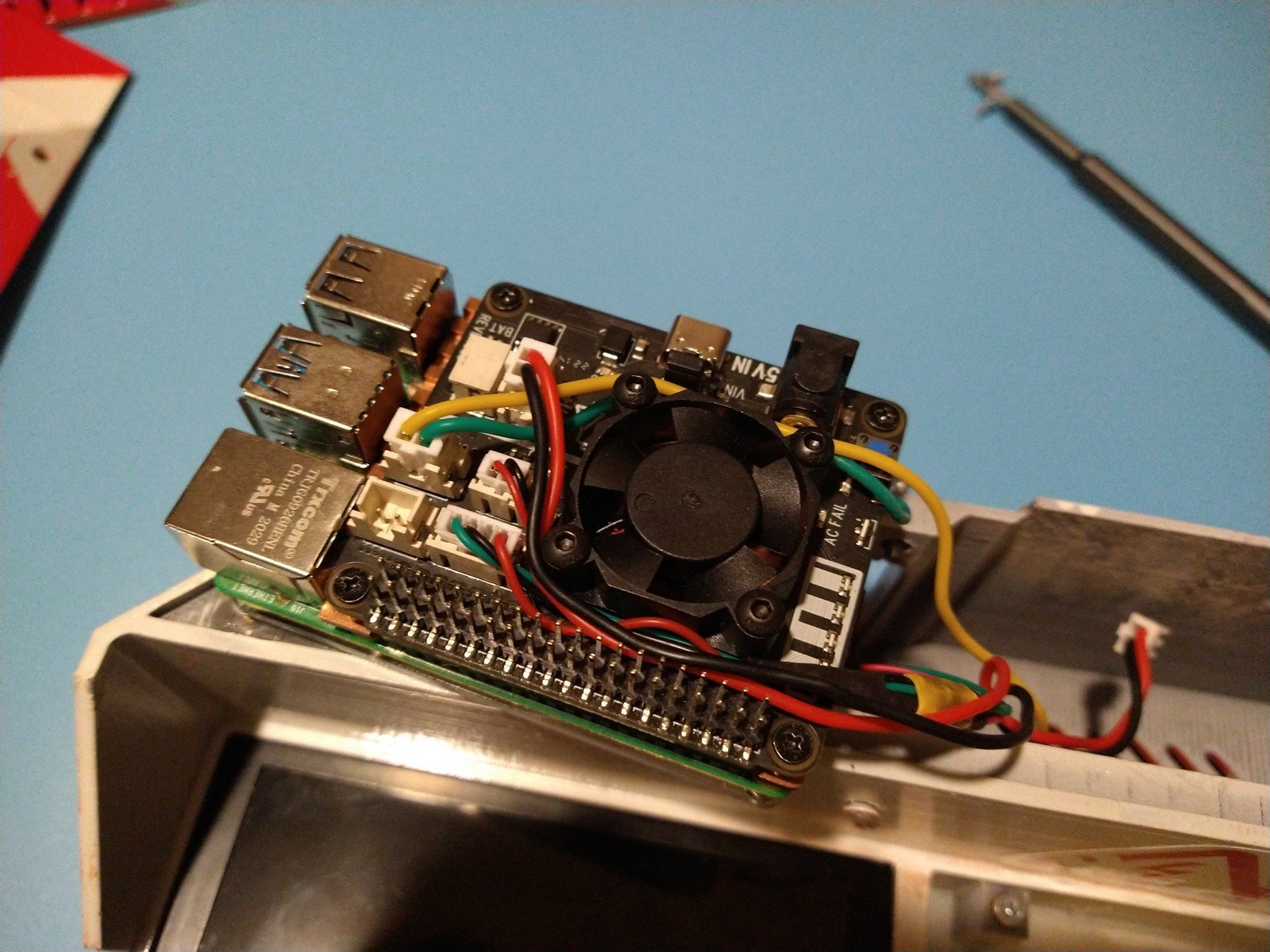
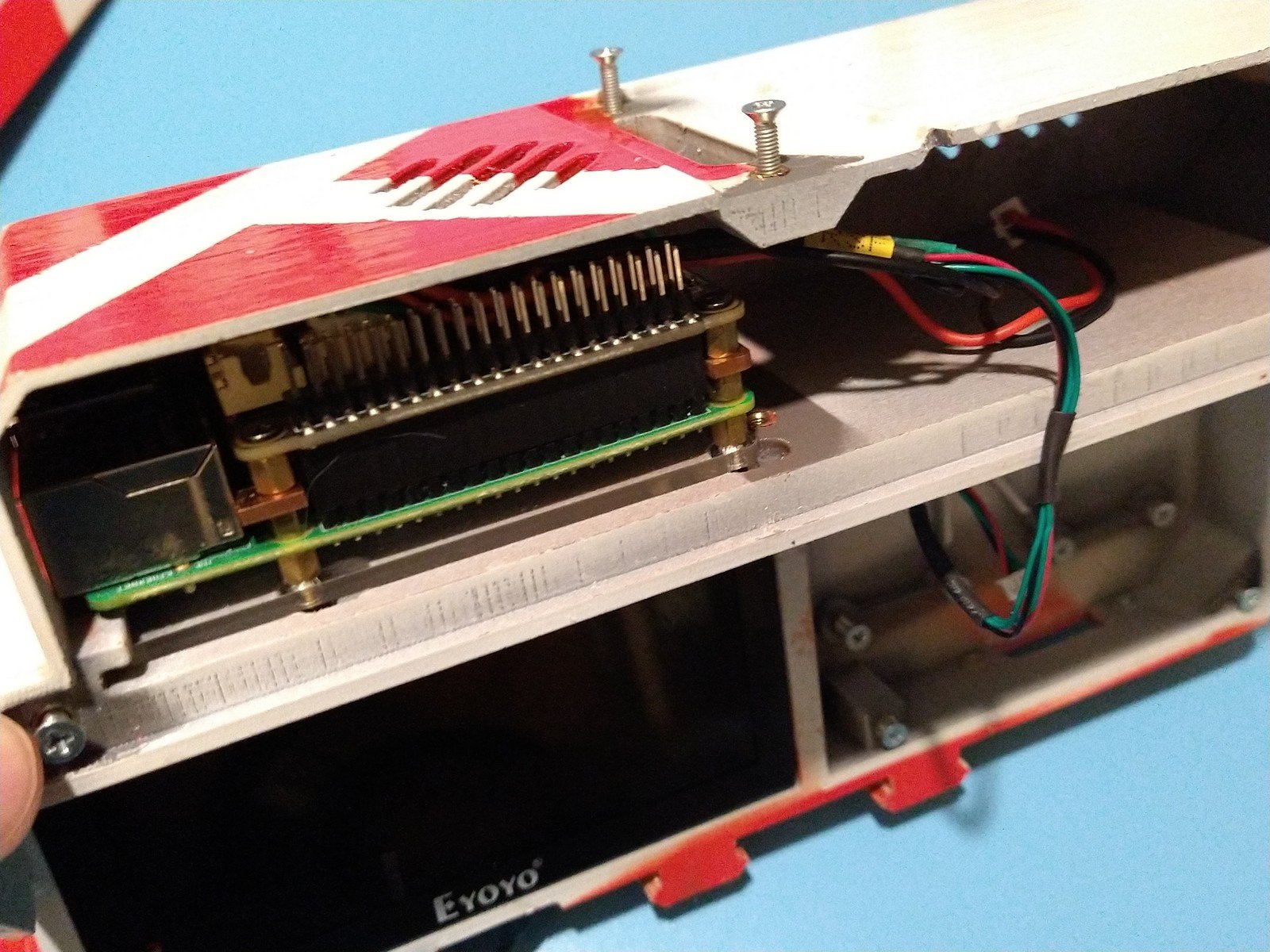
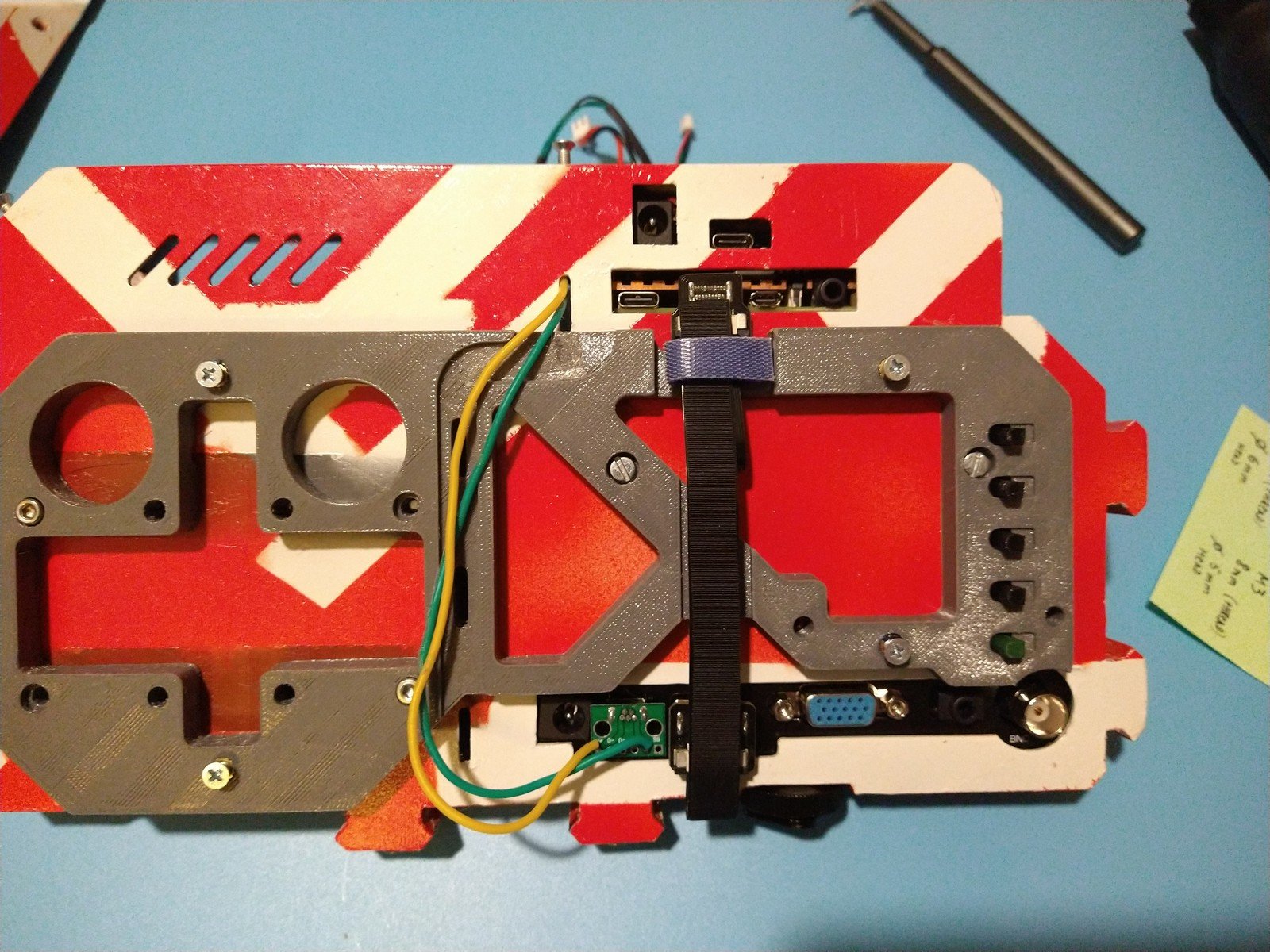
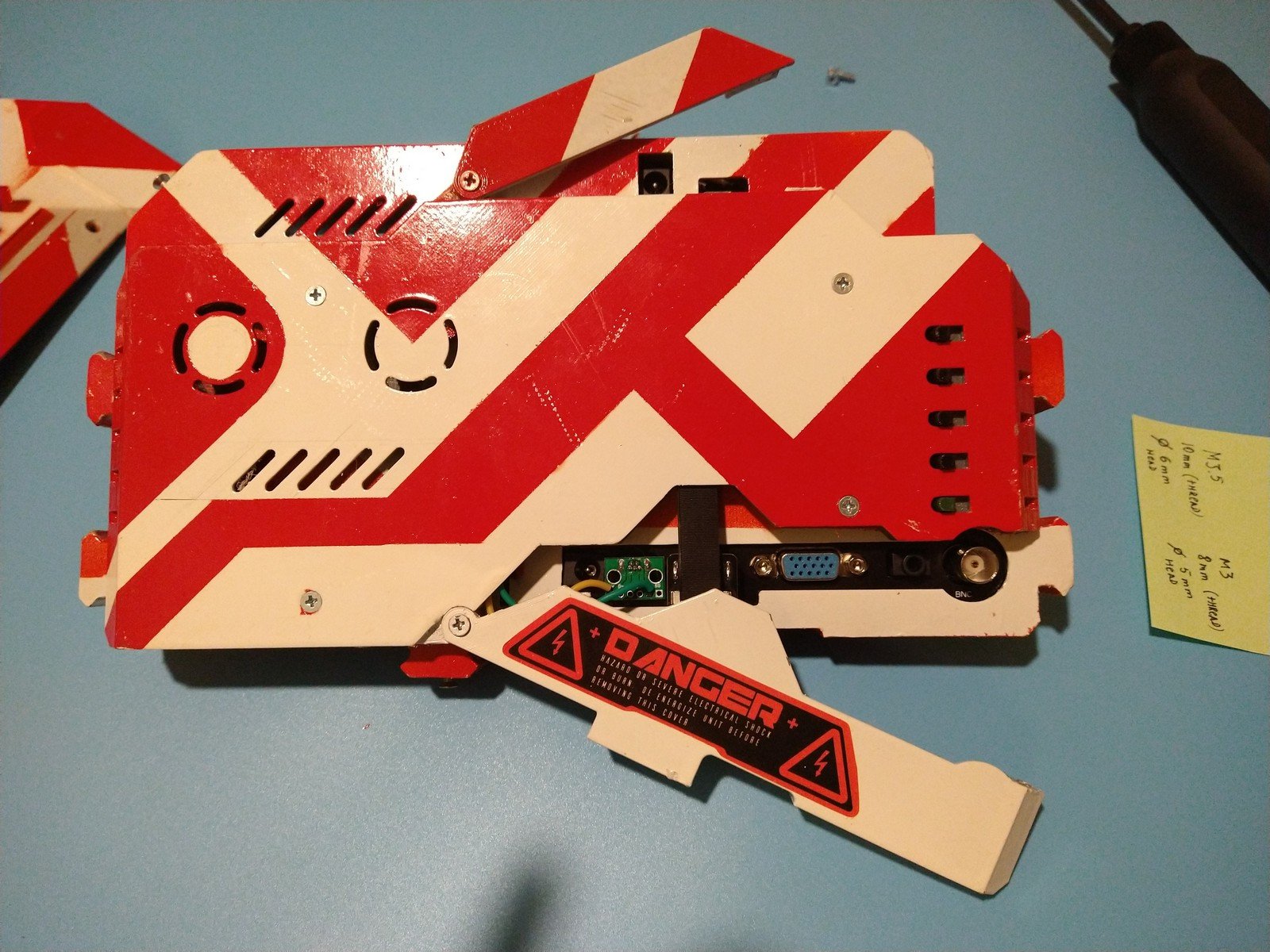
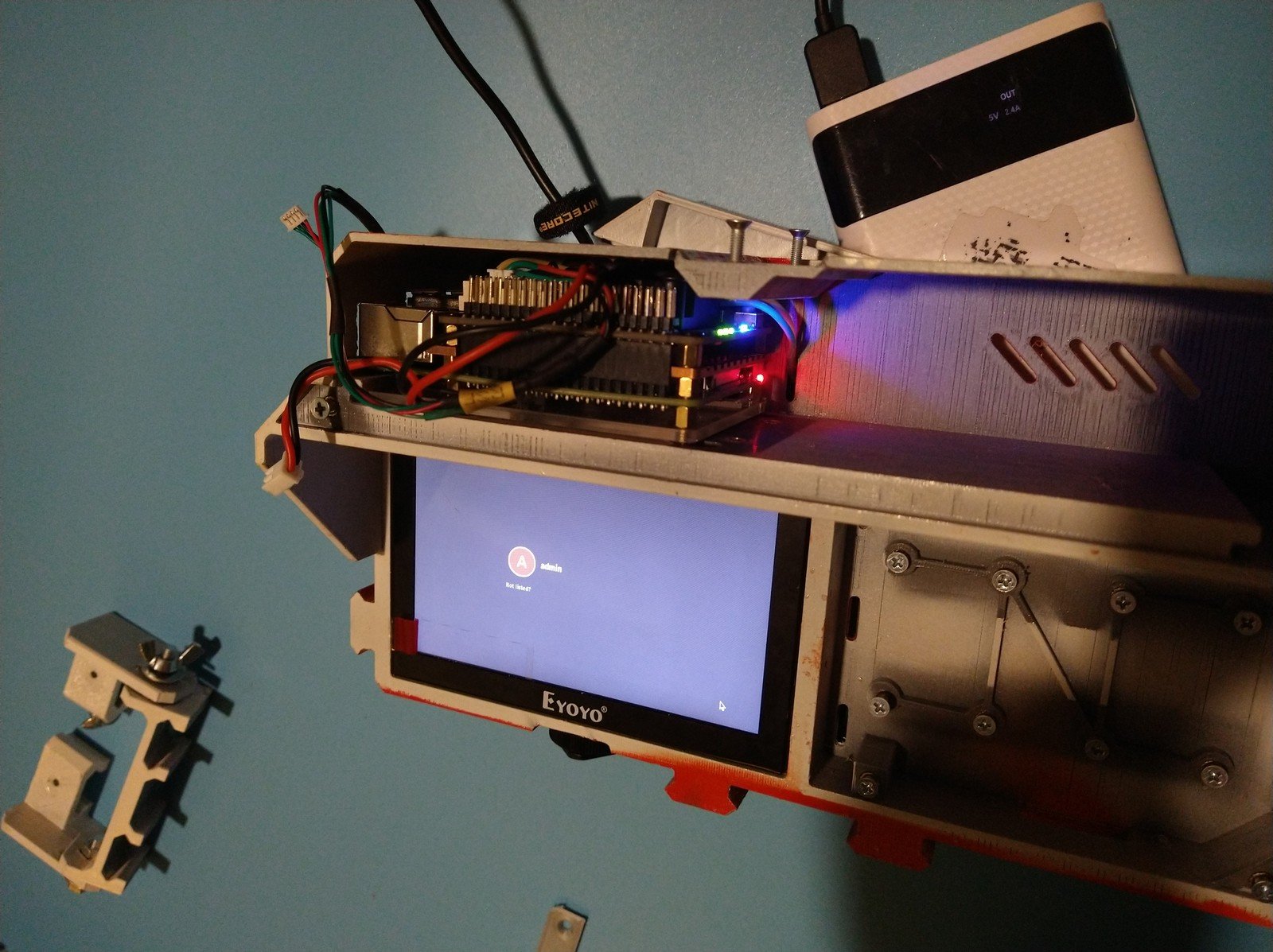
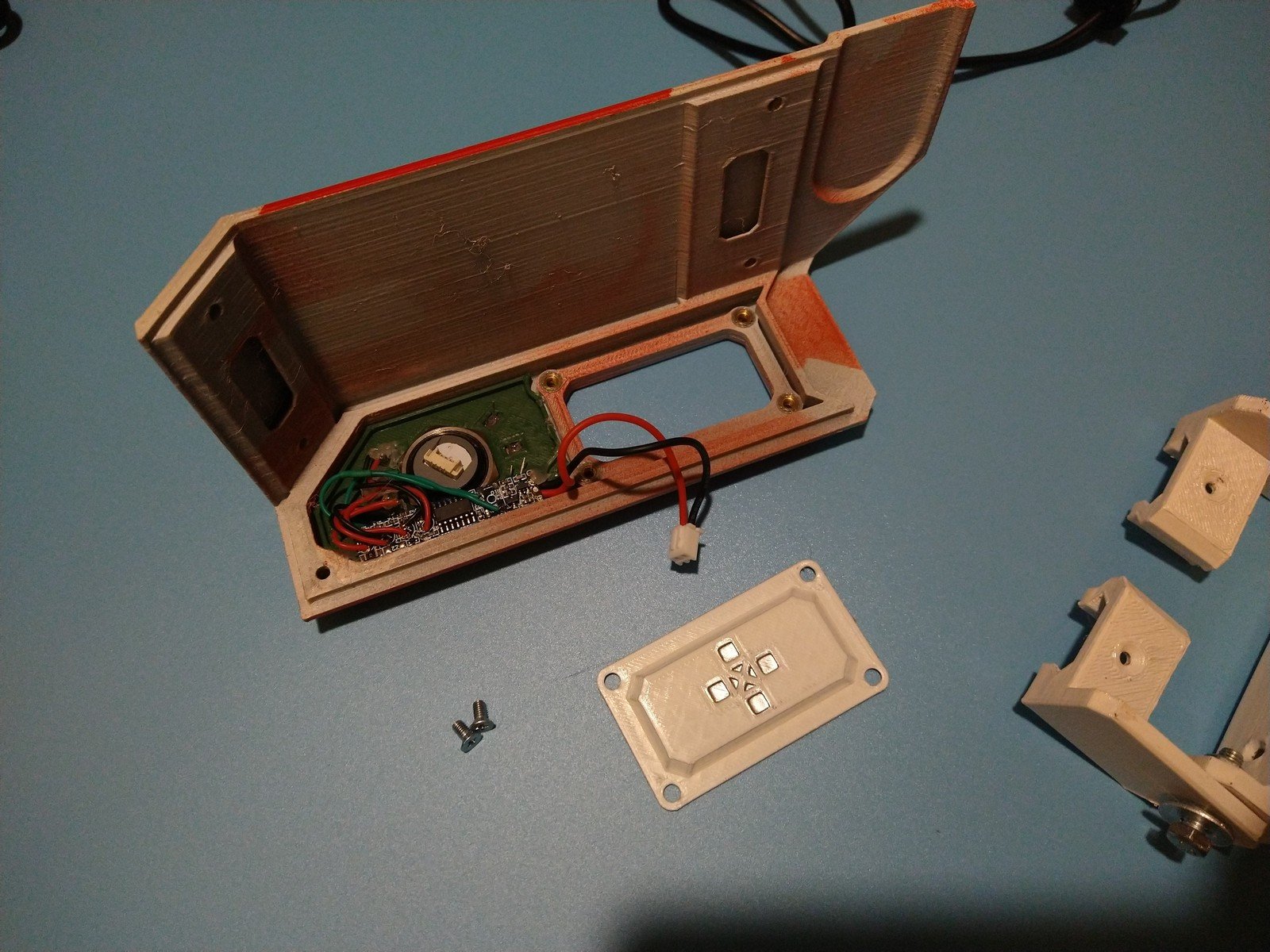
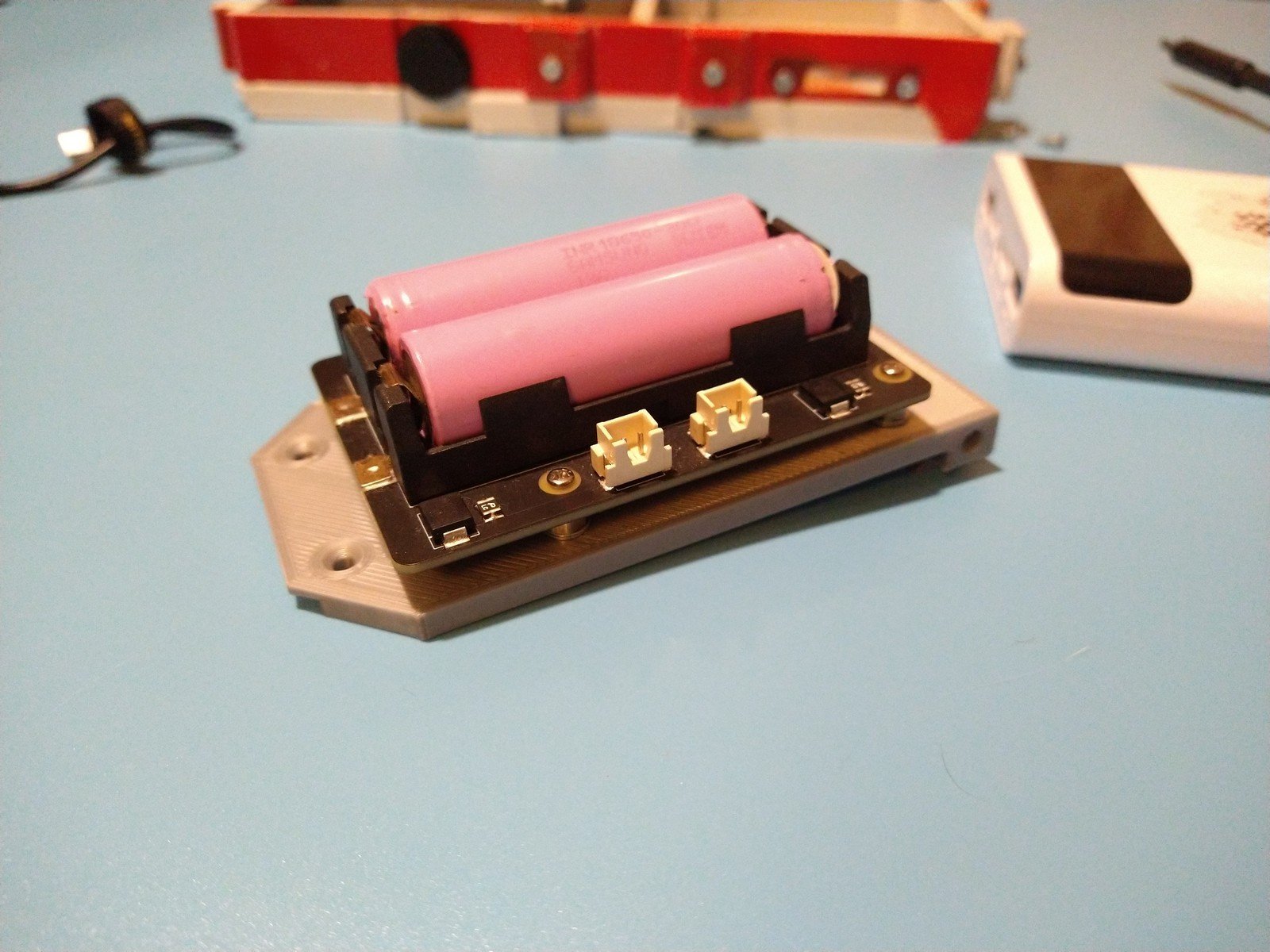
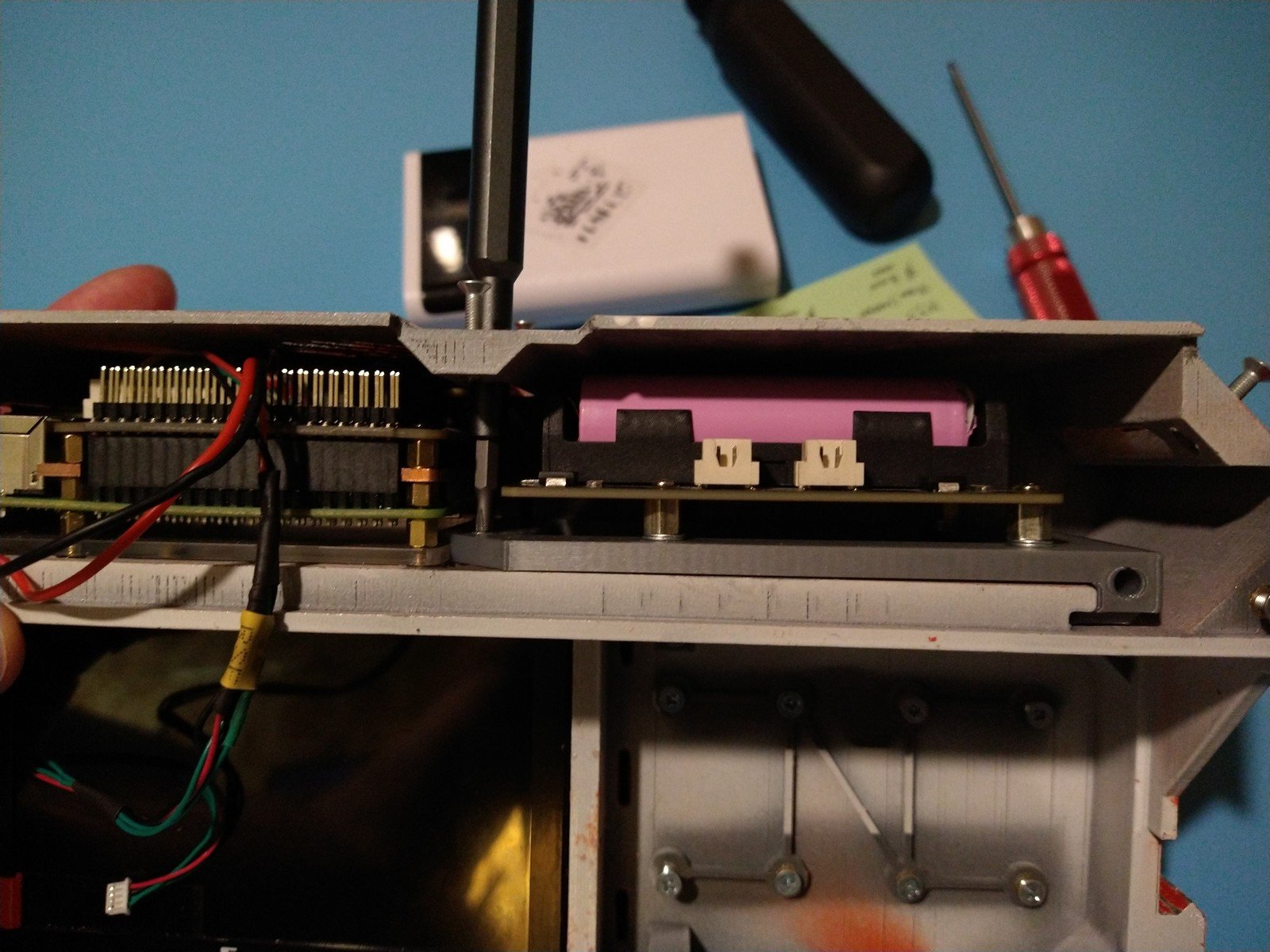
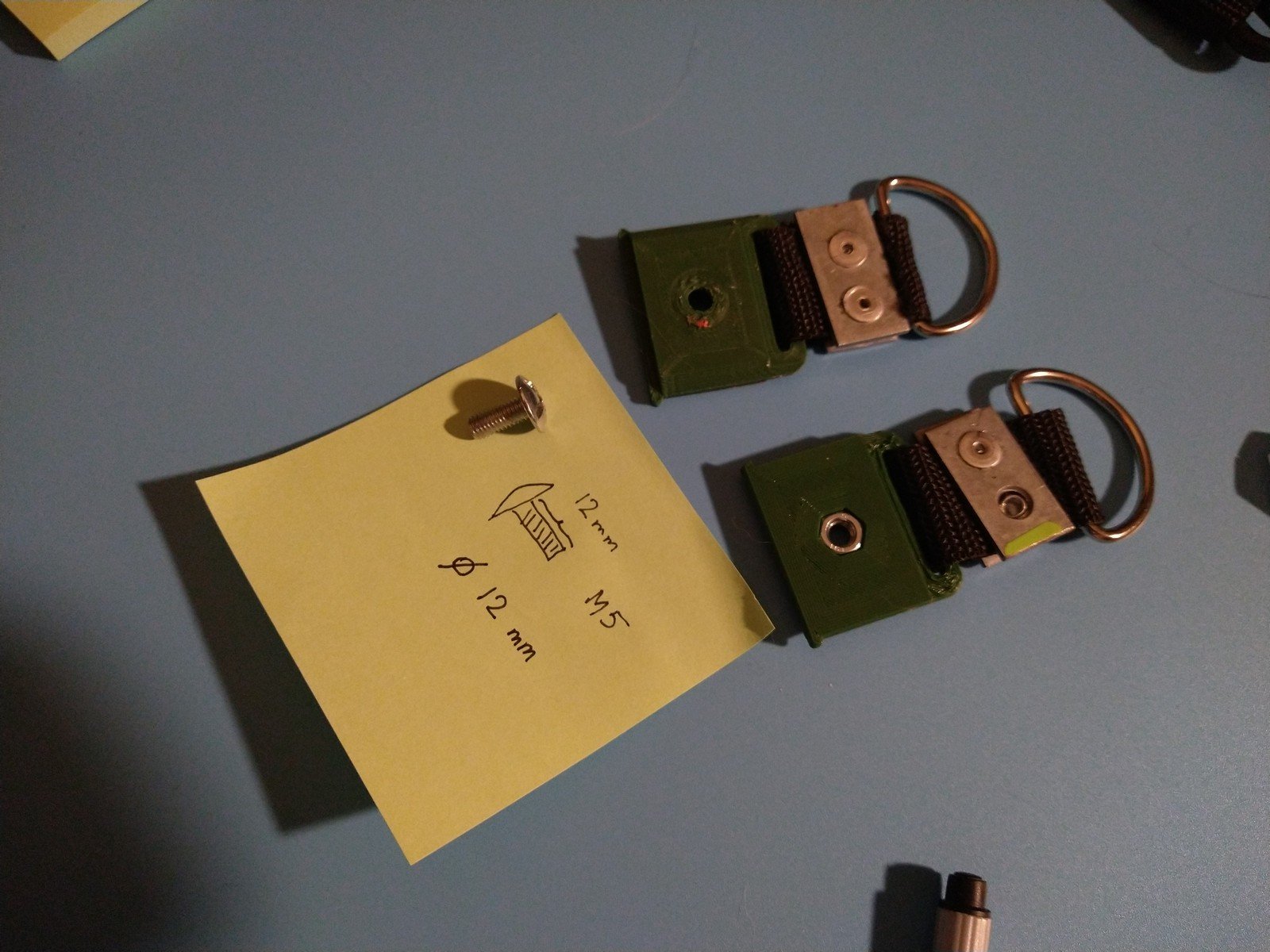
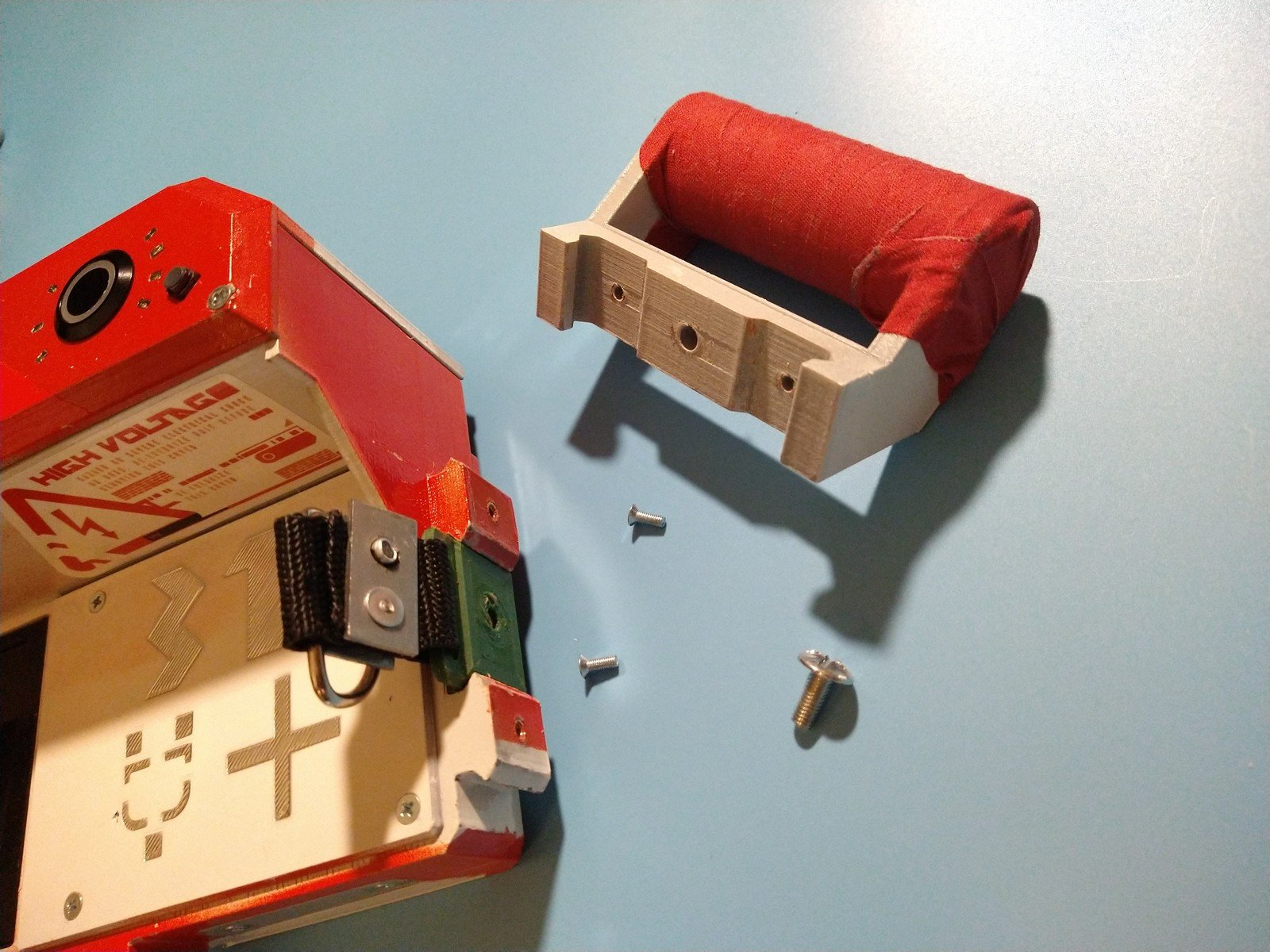
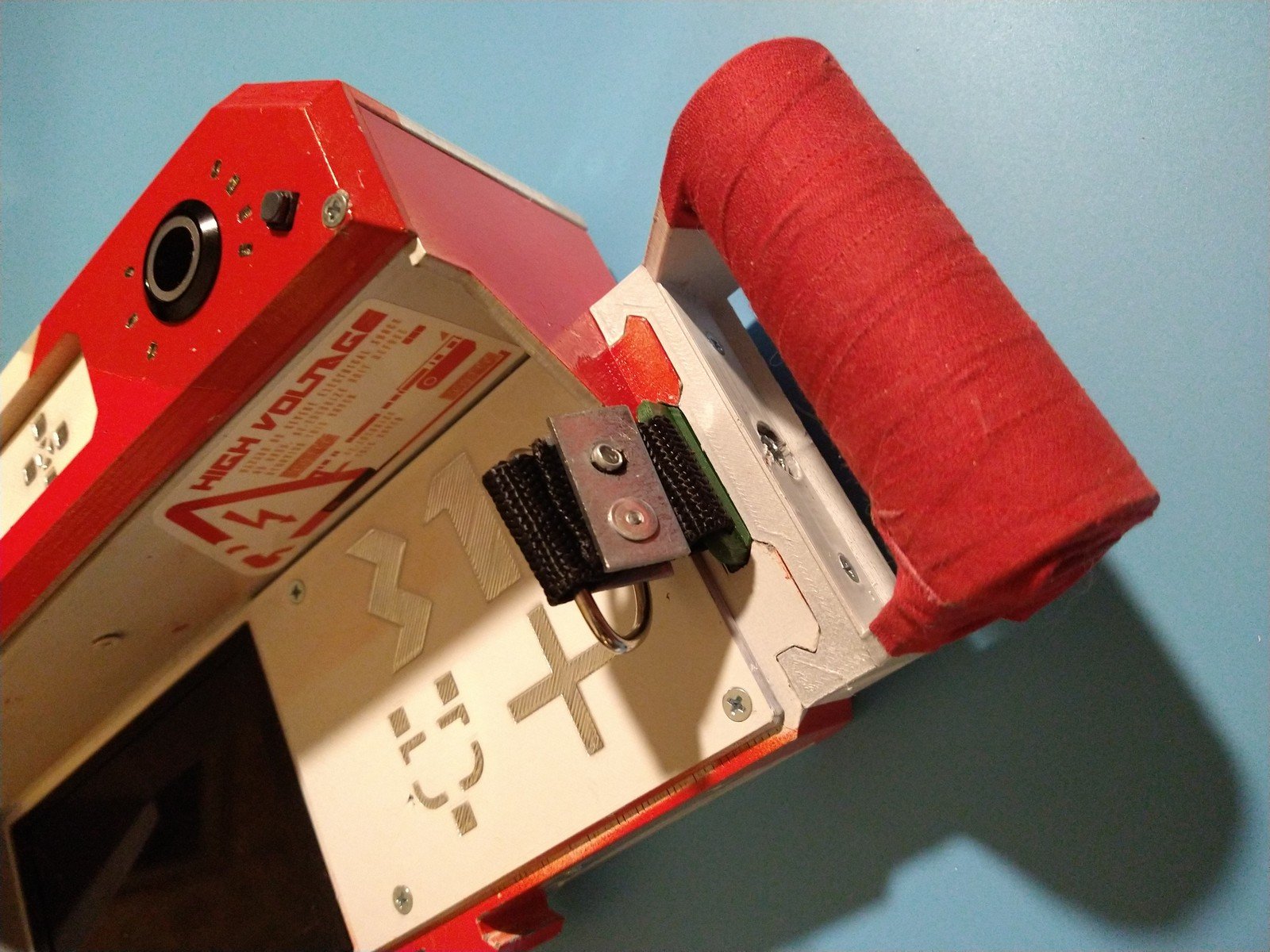
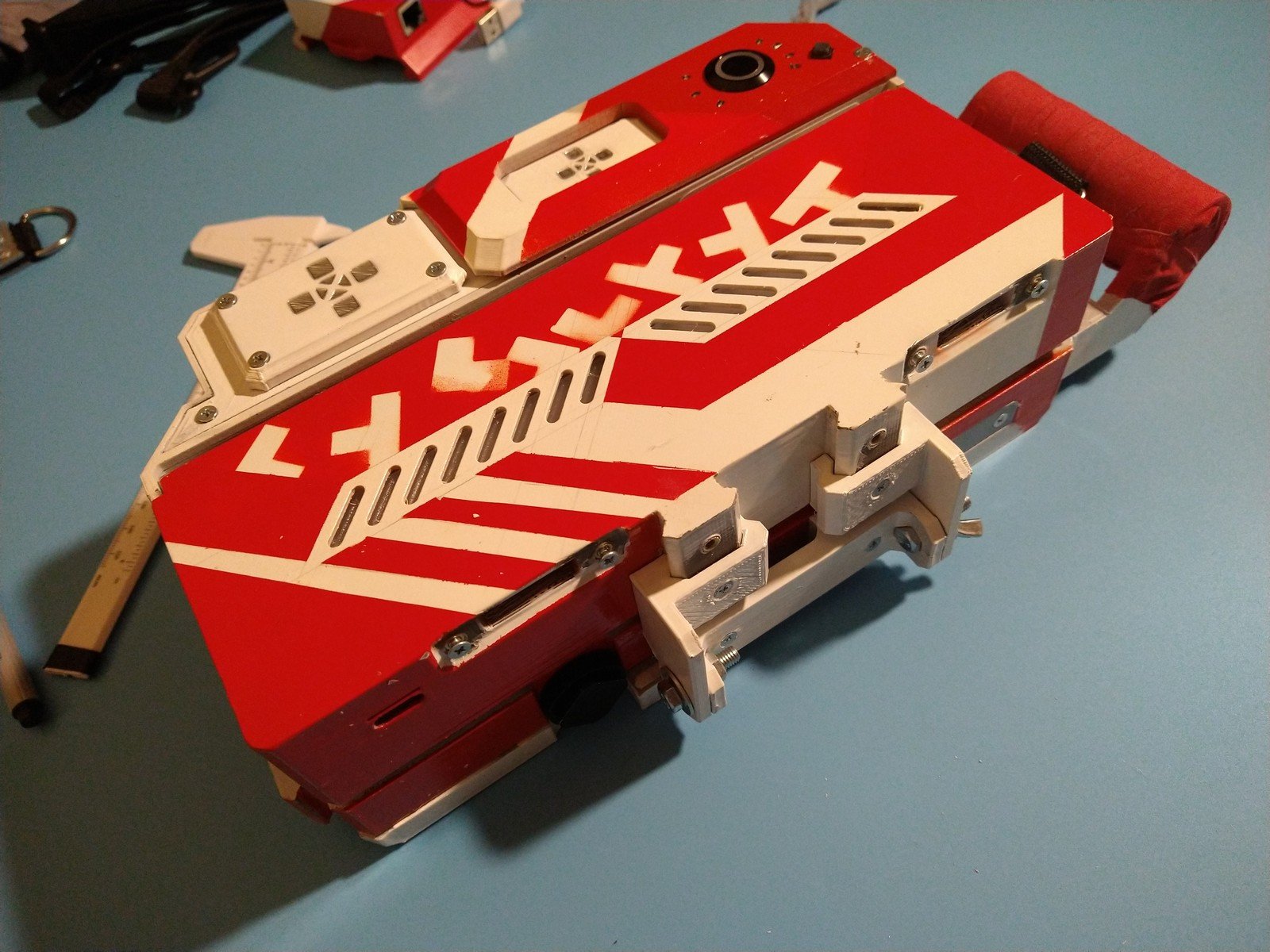
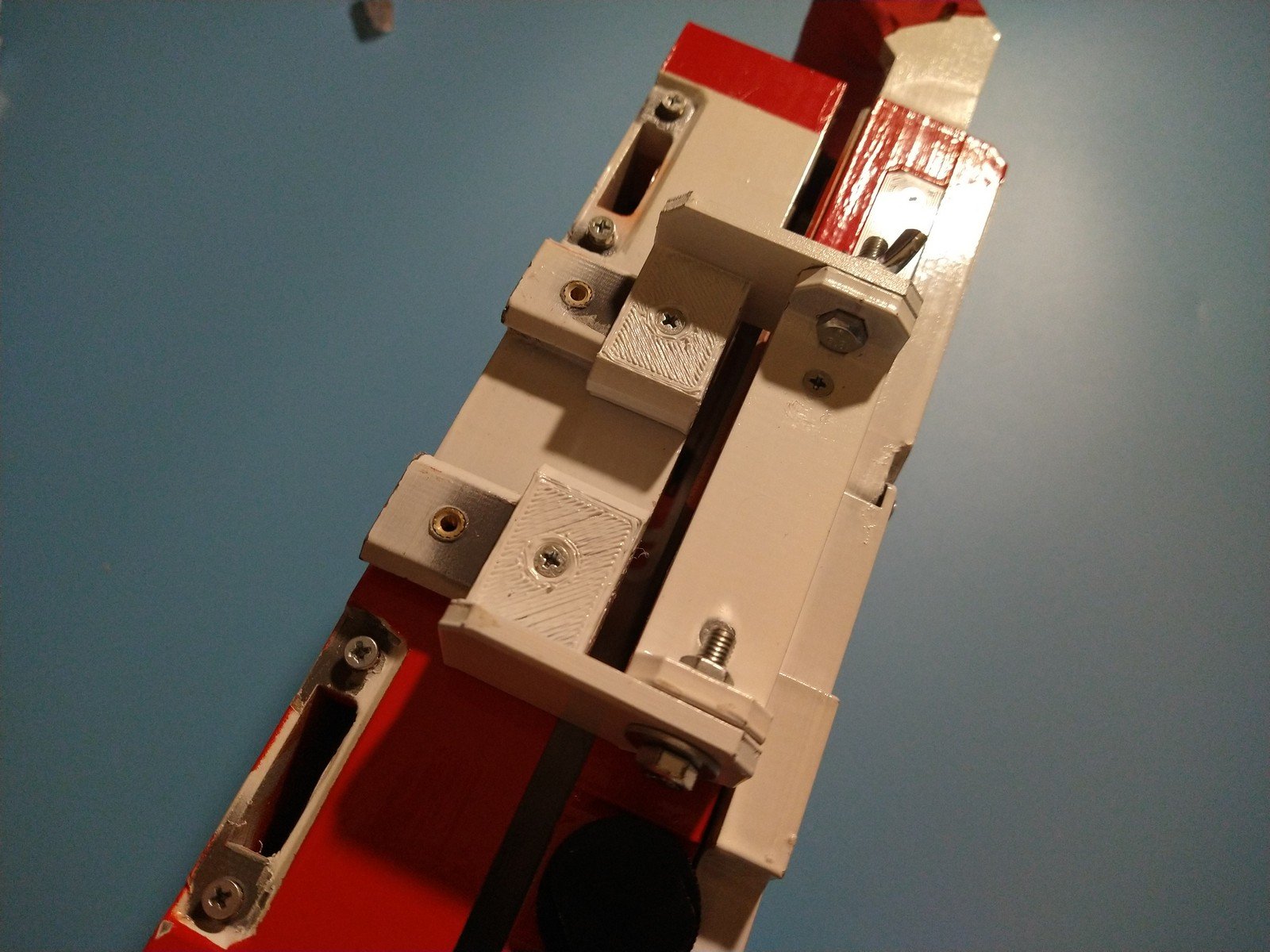
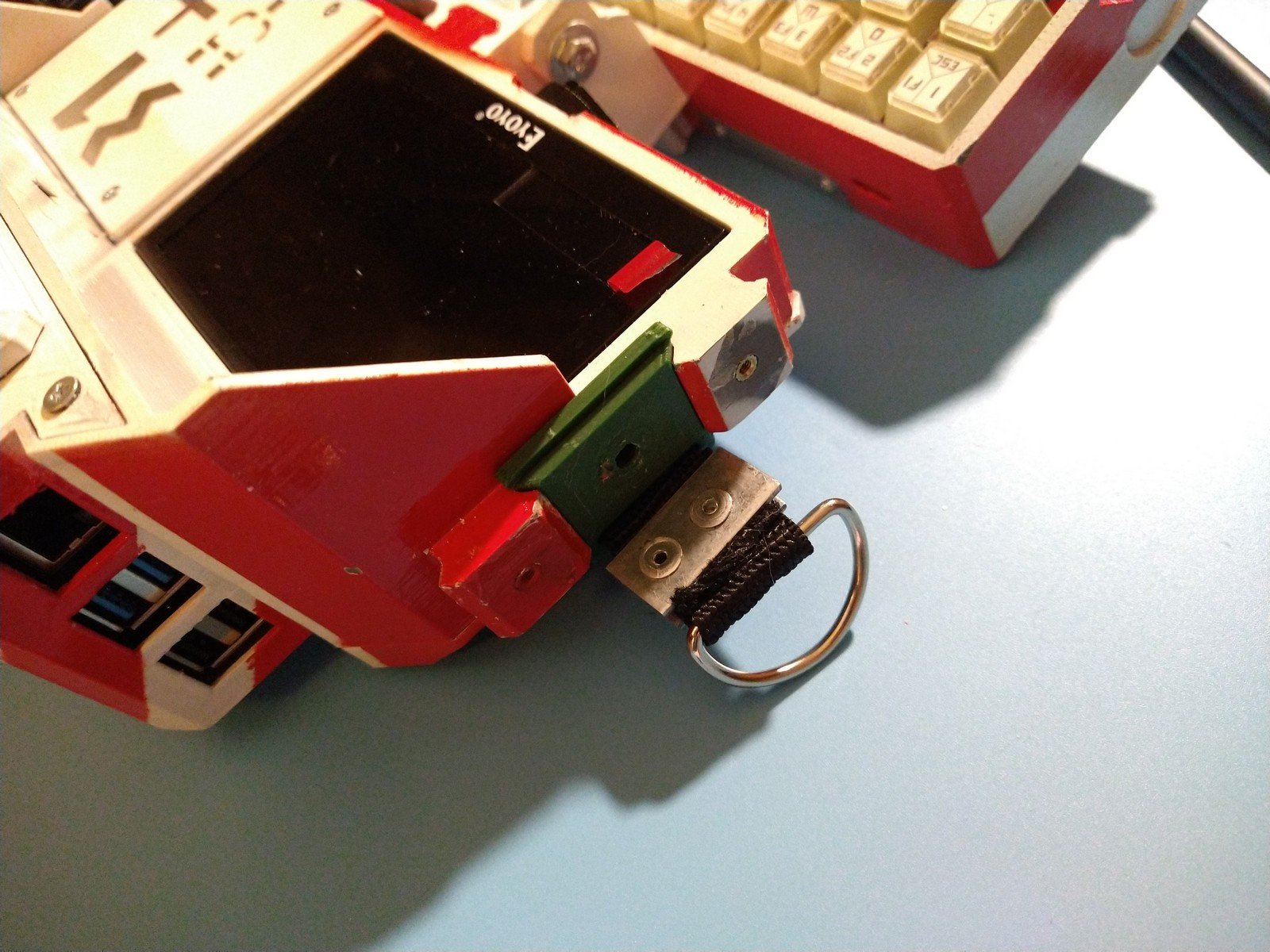
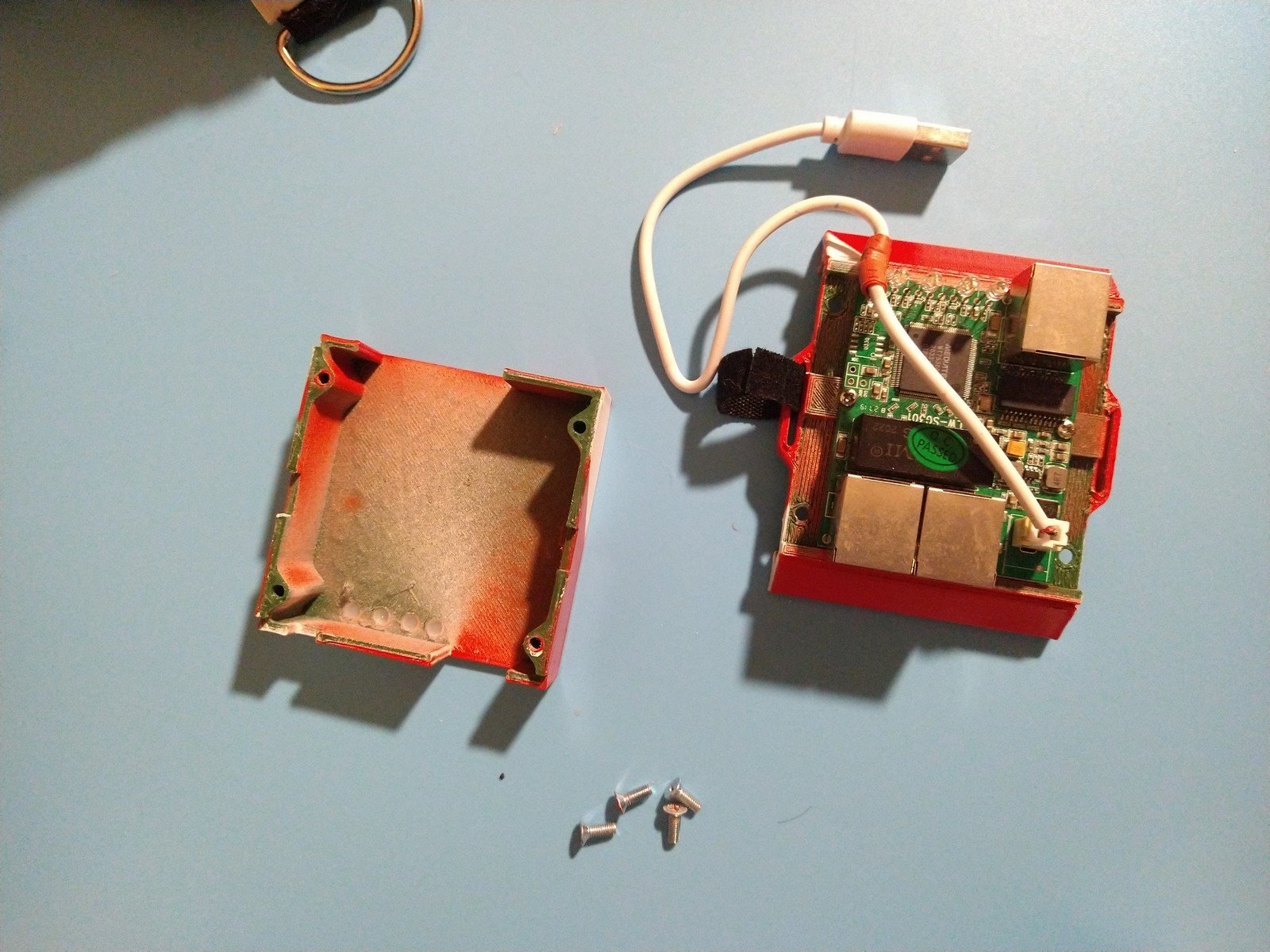
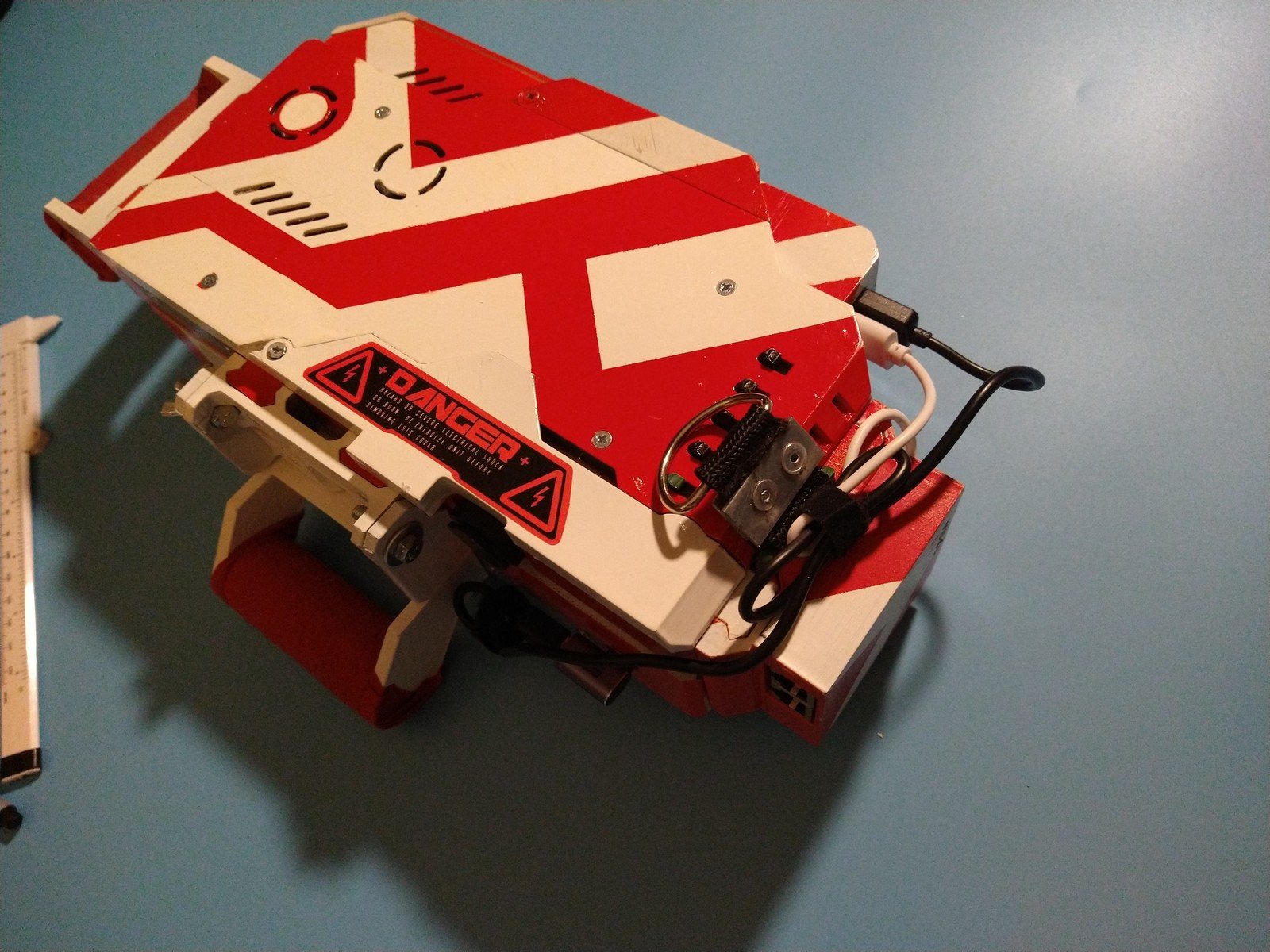
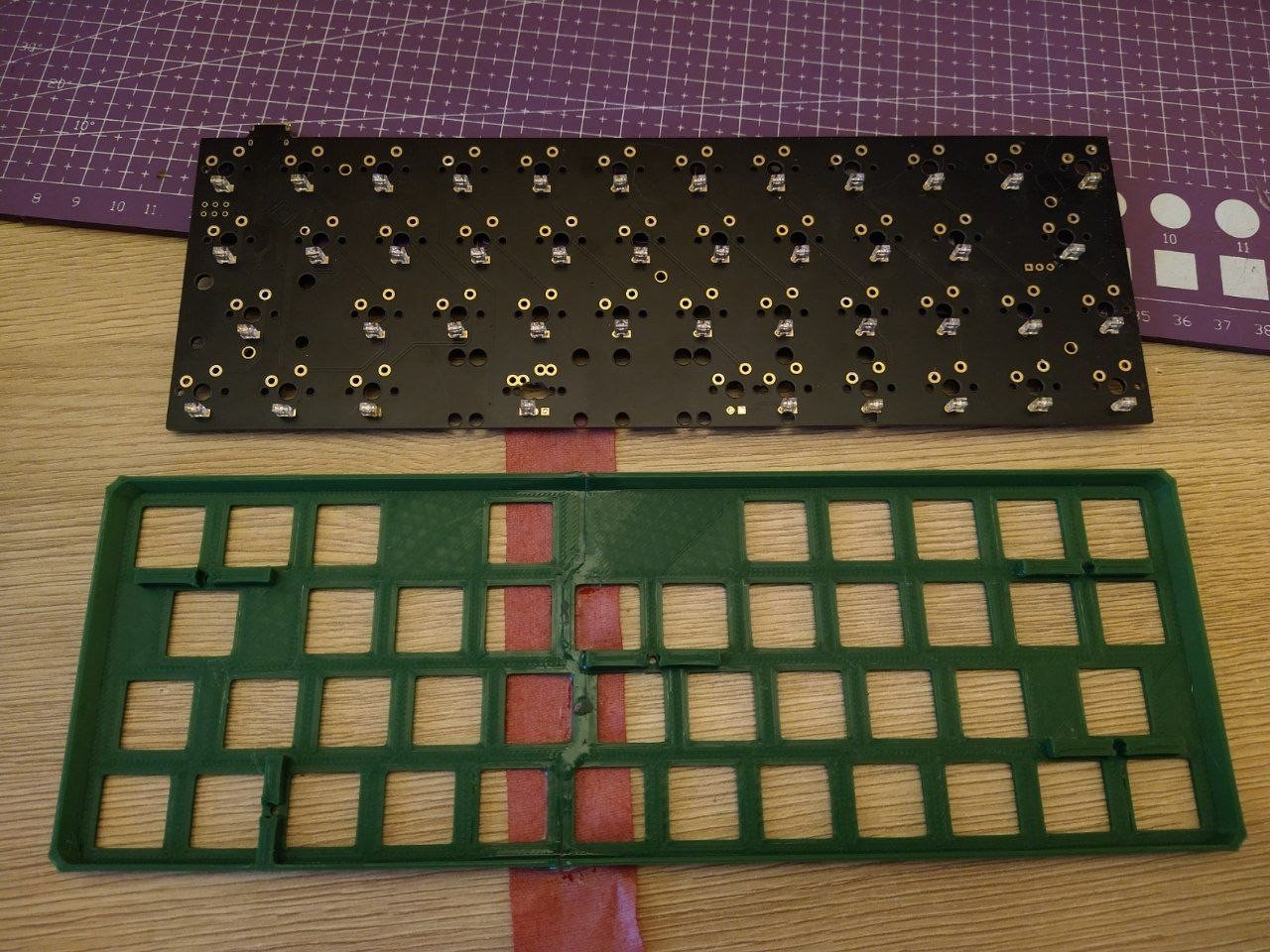
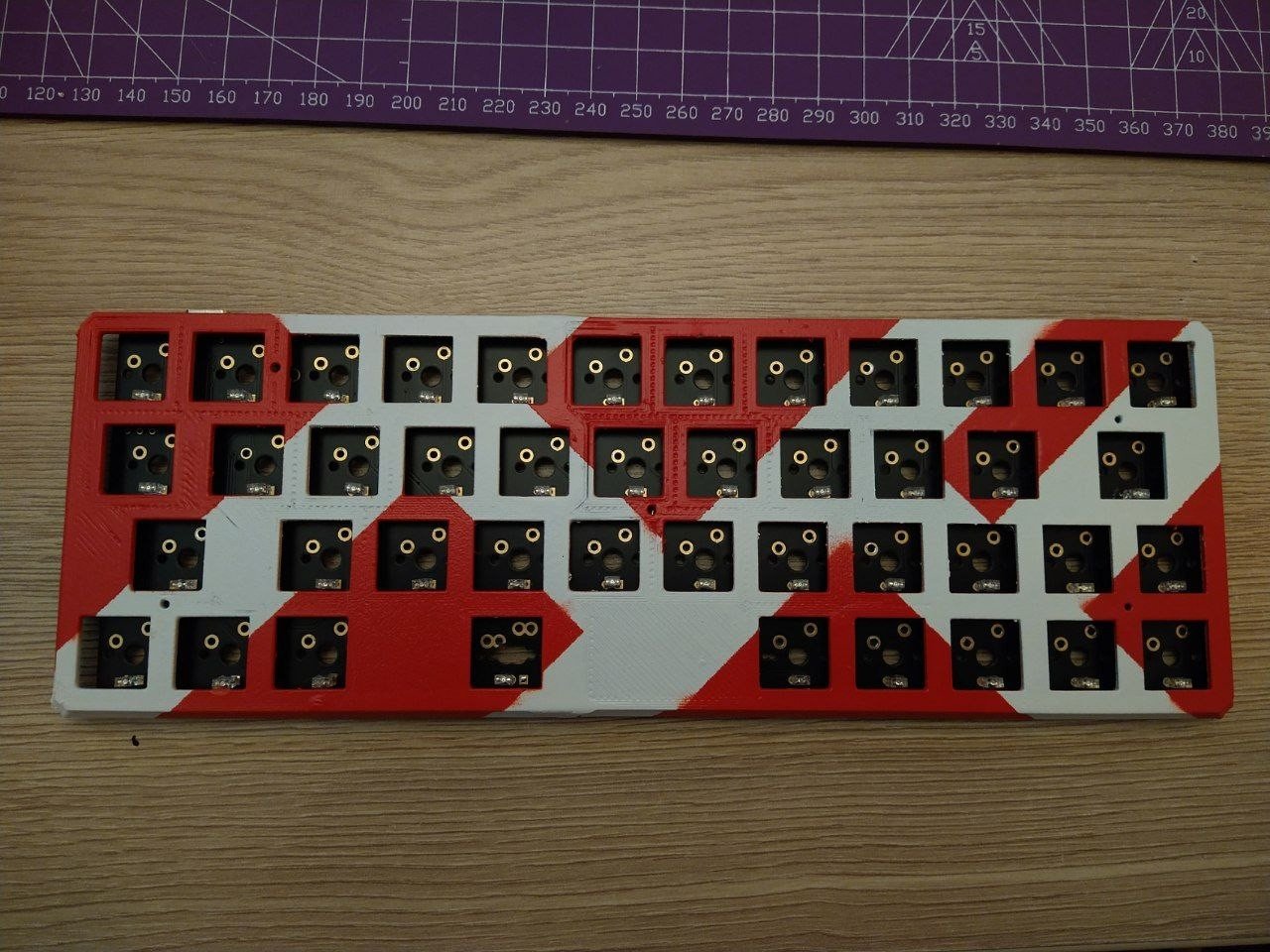
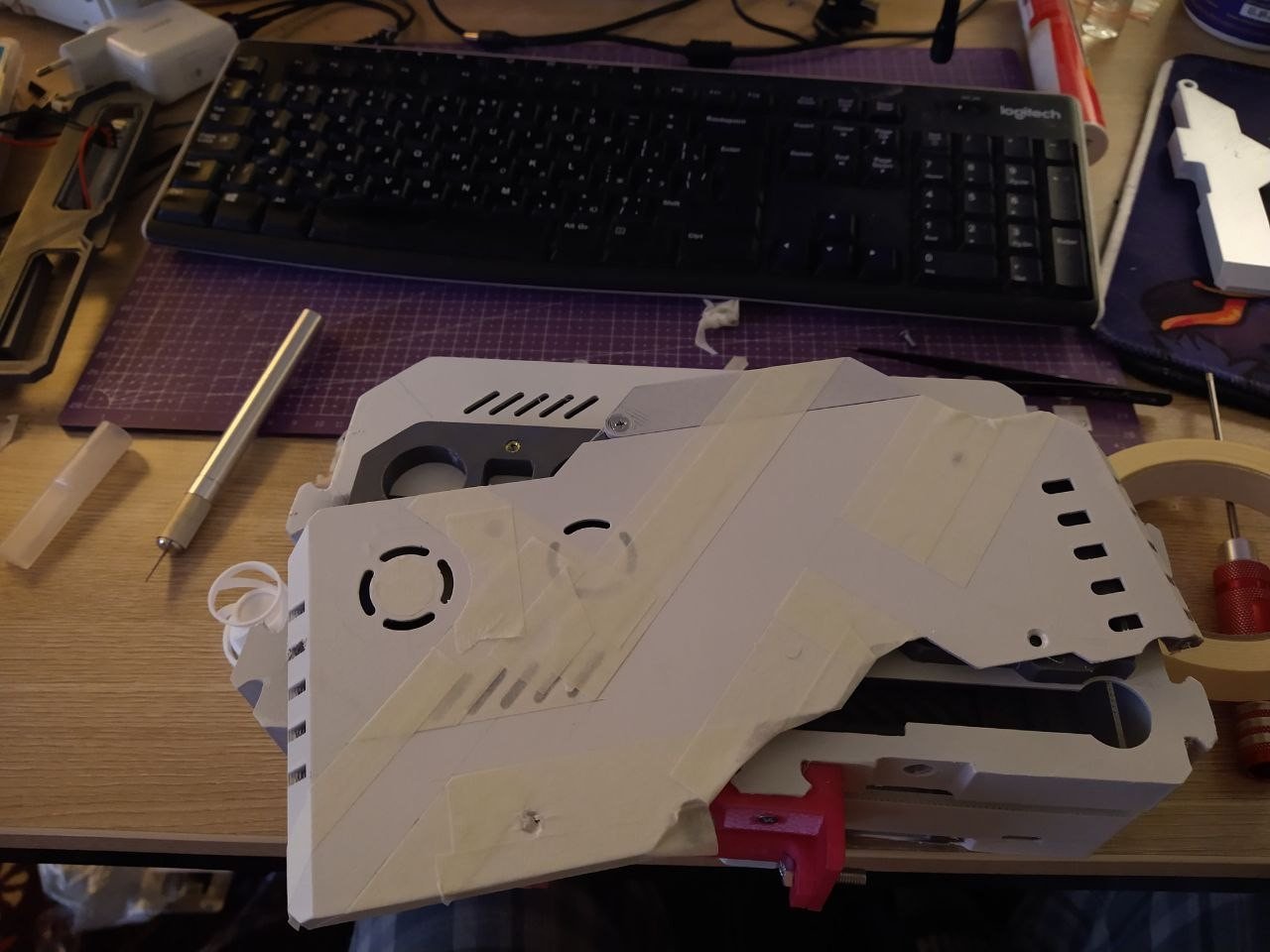
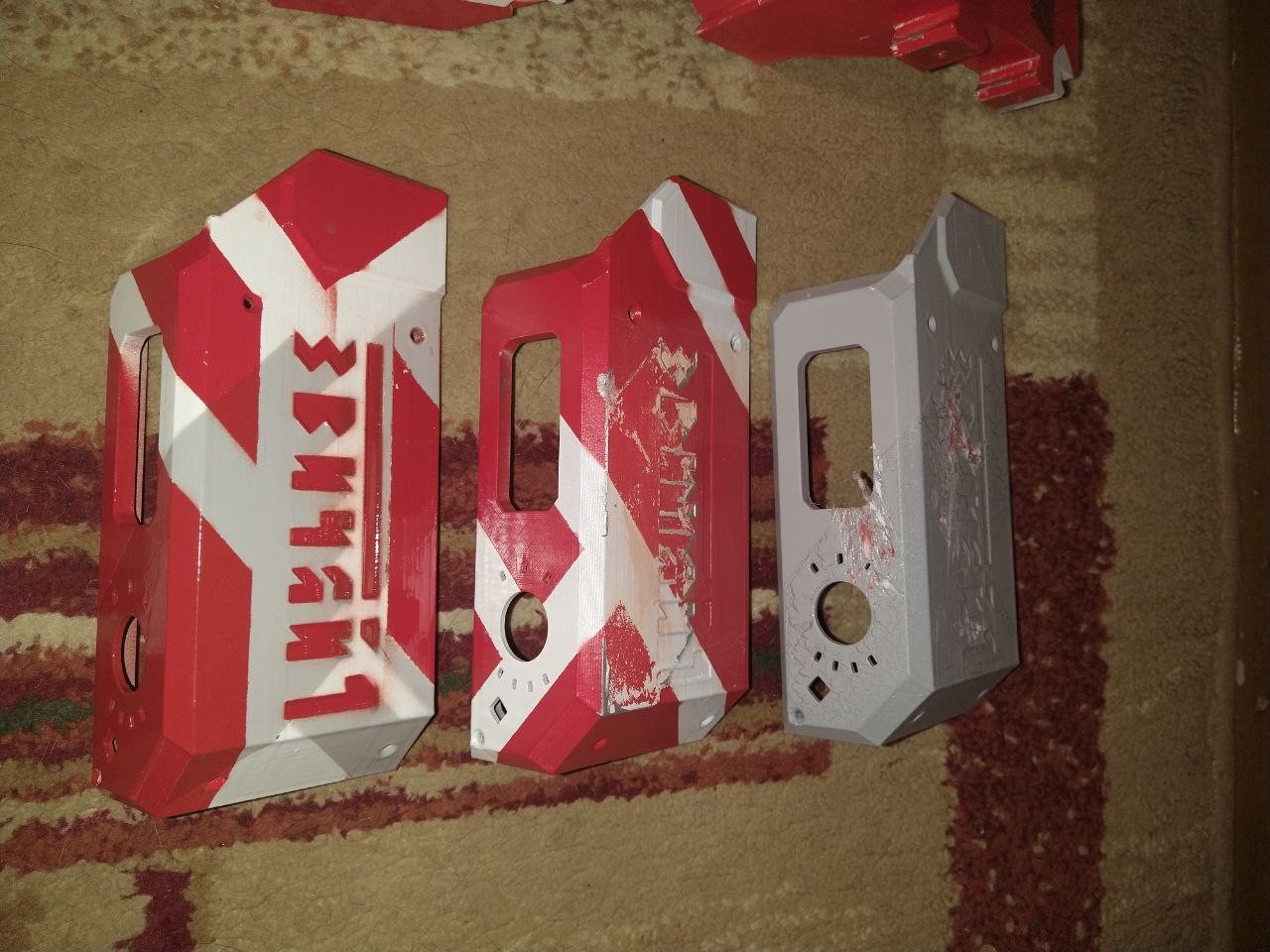
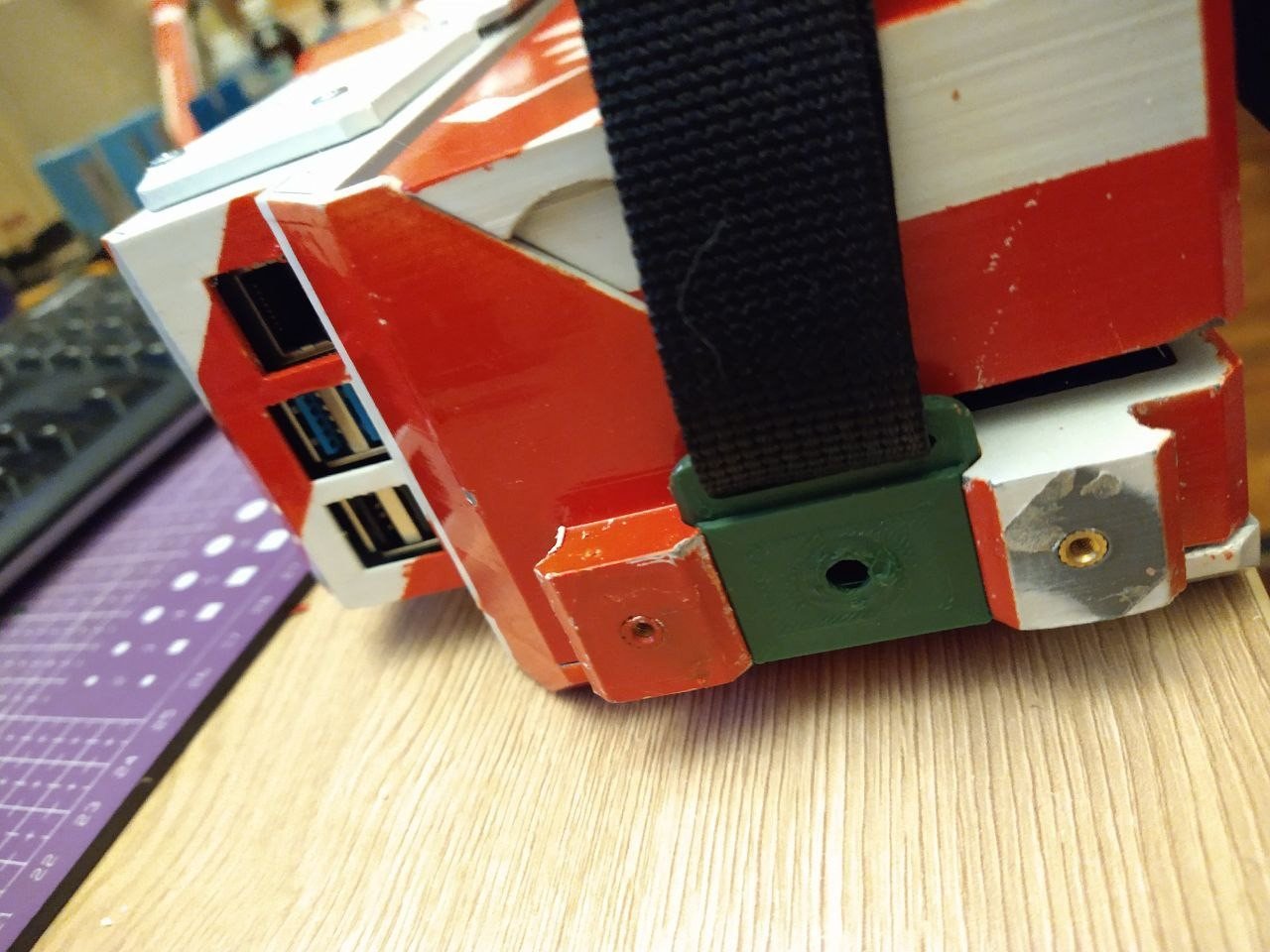
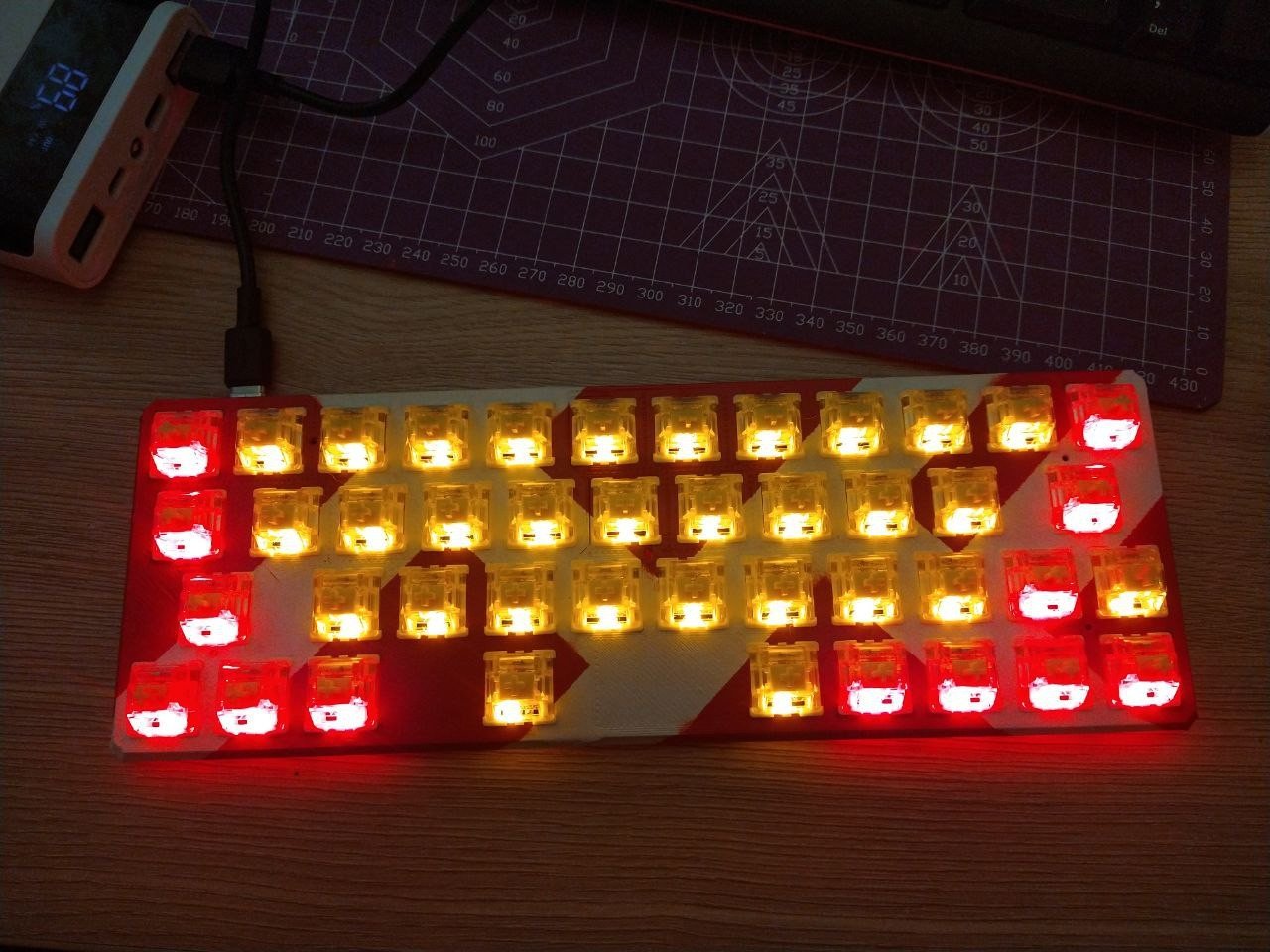
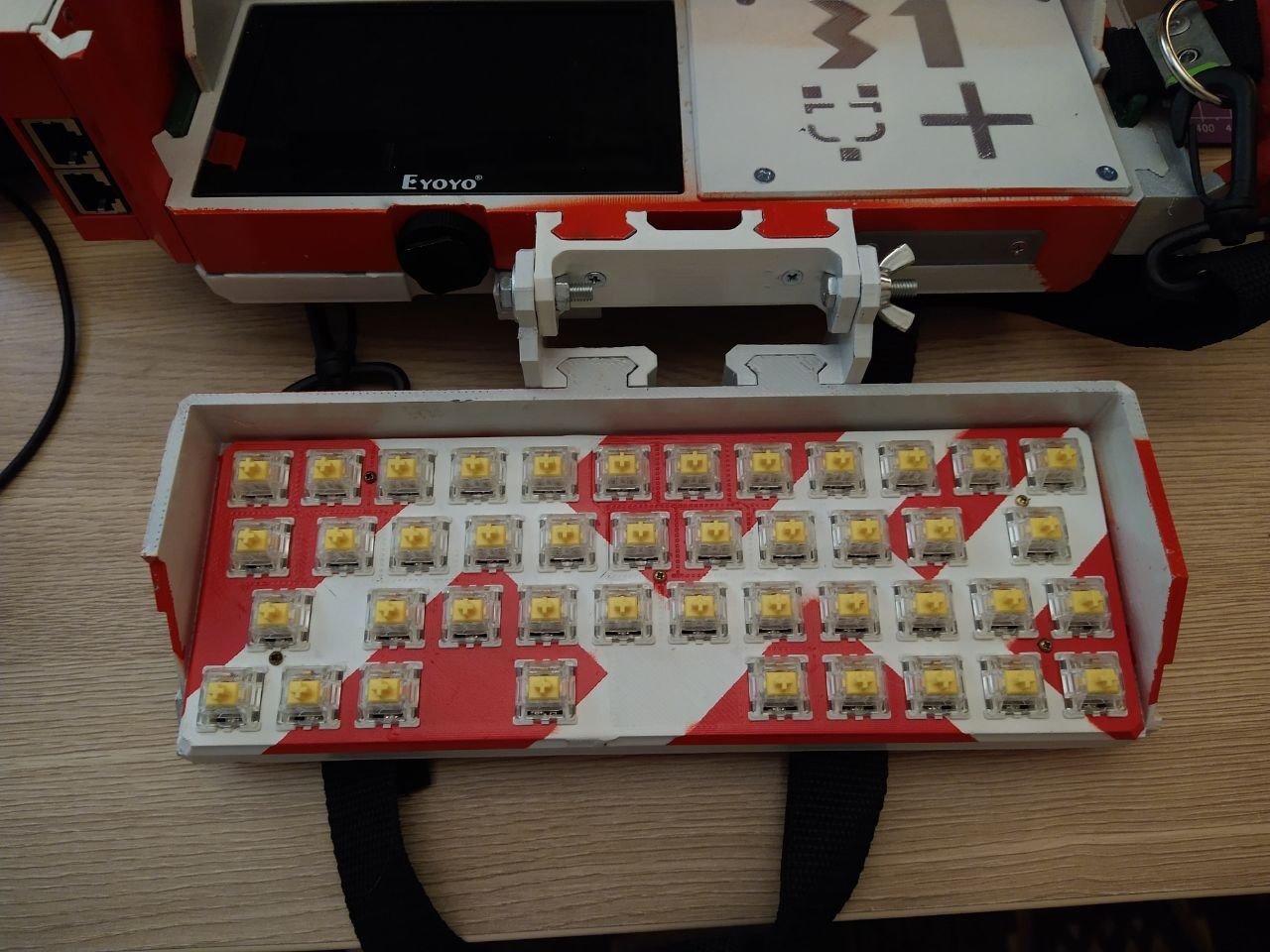
- KPrepublic's BM43A 40% mechanical keyboard as the only "built-in" input device. Do not let the mini factor and "the only" deceive you - since keyboard is powered by QMK Firmware, it is not only packed with full sized keyboard key functions and mouse controls on separate layers, but also adds to aesthetic and utility with it's RGB underglow and key backlighting - so none of your low light operations will be left without input.
There is also a separate (and separable) attachment available in form of Rather Generic (tm) 3 port gigabit ethernet switch which is powered by USB and provides extension for that wired connectability business.
The unit might draw your attention to it's numerous protrusions, bolted-on lids and exposed M3 nuts with severely scratched paint here and there. Although those are not more numerous as, say, amount of connectors on mass produced portable electronics that people sport nowadays, the ones that featured on Zvychai primarily support it's attempts of being a platform:
- 3 pairs of Picatinny rail-like mounts on the left, right and bottom side. These mount points also feature heat set M3 nuts to fix an attachment even more firmly. Base configuration already uses the right part to affix a carrying handle and the bottom one is partially occupied by a hinge, which additionally can be fitted with same carrying handle to provide standing action.
- Plugin compartment to the right of the screen which has a lid in base configuration. Inside it features 8 exposed M3 heat set nuts to mount modules, boards or other features that can be fit inside.
- External (top-left) and internal (top-center) module compartments which are marked by silver "+" (so the unit will be harder to confuse with a first aid kit). Covered by caps in base configuration, those can be used to mount more boards or assemblies that can be fit inside.
- Right top lid (the one where power switch is located) has two thin ~1mm wall areas between top and top-left bolt seats - they can be easily cut through to mount additional functions, and main case openings can accomodate wiring for said functions.
- Main case part and keyboard part feature auxiliary openings with M3 heat set nuts to their sides. Suitable to host more connectors or as openings for different wires and lines between case parts.
- There is a 1/4" "tripod bolt" mount under the display (the display itself also featuers 1/4" thread to which said mount is directly connected) that can be used to mount it to, well, a tripod, or other things with this thread.
- Case backpanel (which is under back cover, lovingly named "the spine") features openings for wiring between SBC area and plugin compartment.
- As a minor addition, three leds to the left of the power switch can be wired either to SBC GPIO, or other parts to provide additional visual information here and now.
"Use it as it is, add new stuff, bolt new stuff to the unit's case and pretend it's how things should be - mounting point lifetime is the only limit!" - this maker does not work in advertising, don’t worry.
As for the "decking tradition" - the term could mean anything from something that is emerging or already present, to something that is nebulous or just downright controversial - after all, whatever one makes - the result will be a unique expression of one's vision that may or may not be constrained by likes of convention or standard. Still, the word "zvychai" roughly translates from this maker's native language as "tradition", and because he has a little penchant for the naming "style" of retro electronics in his region (look up how they baptized home appliances like TV or cassette decks in USSR) from era he was not a direct witness of - project name was decided unanimously.
Thanks to mkdxdx for this detailed write up on this awesome Cyberdeck!
